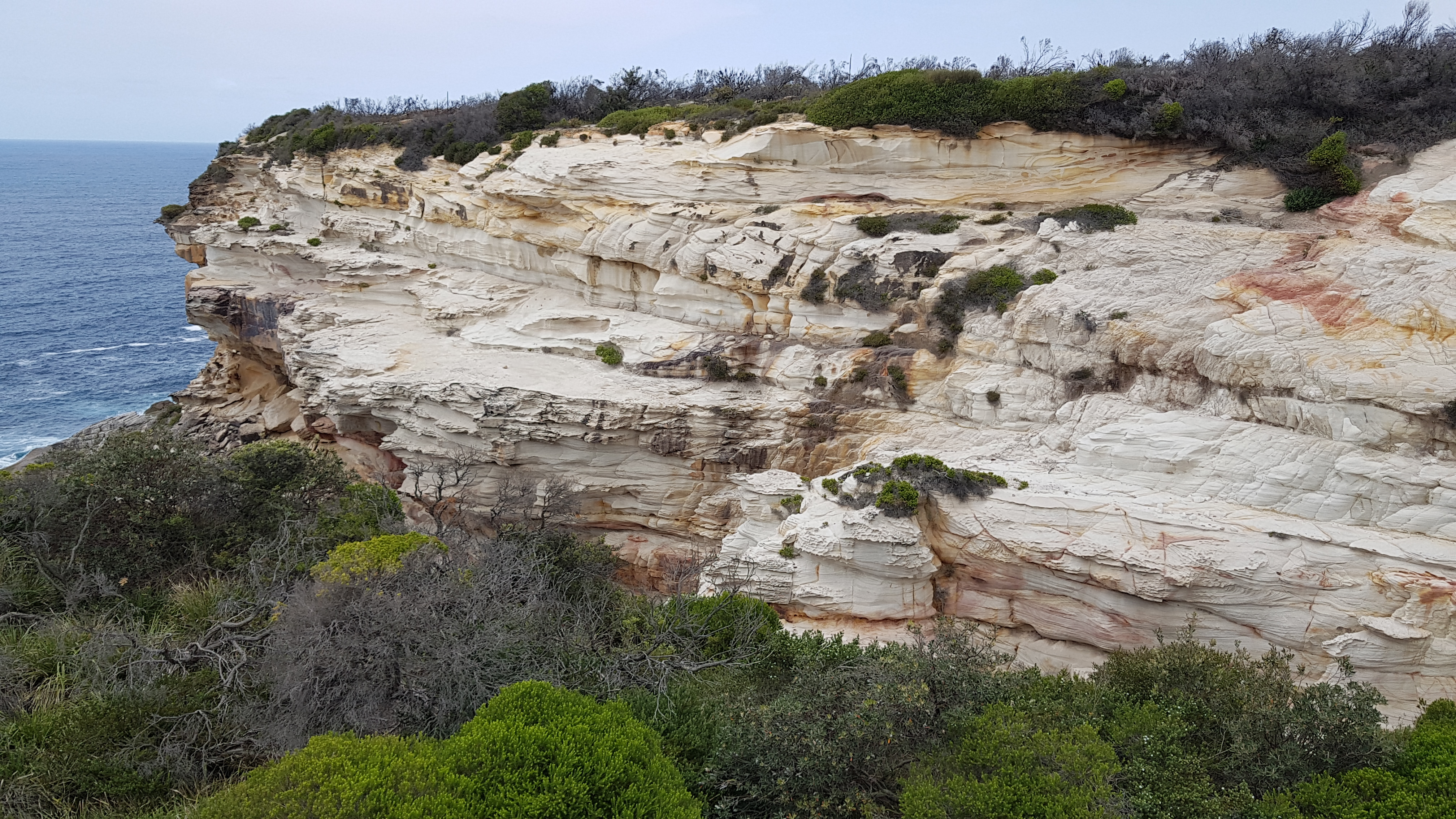
Although we’ve only been in Australia for less that two weeks, it feels as if we’ve been here forever; once we got over the jetlag and the weird sleeping patterns, Karin and I have easily settled into the life of a Southern Hemisphere summer. It’s hard to believe that back home in the UK it’s cold, wet and (politically) miserable….
We’re based at Coogee Beach in the eastern suburbs of sprawling Sydney, just a short walk from the University of New South Wales (UNSW) where I’ve spent most of my time, and an even shorter walk from sand and surf. It sounds idyllic but one of the recurring features of the past week has been the amount of ash and charred leaves washing up on the beaches from the bush fires that surround Sydney at the moment:

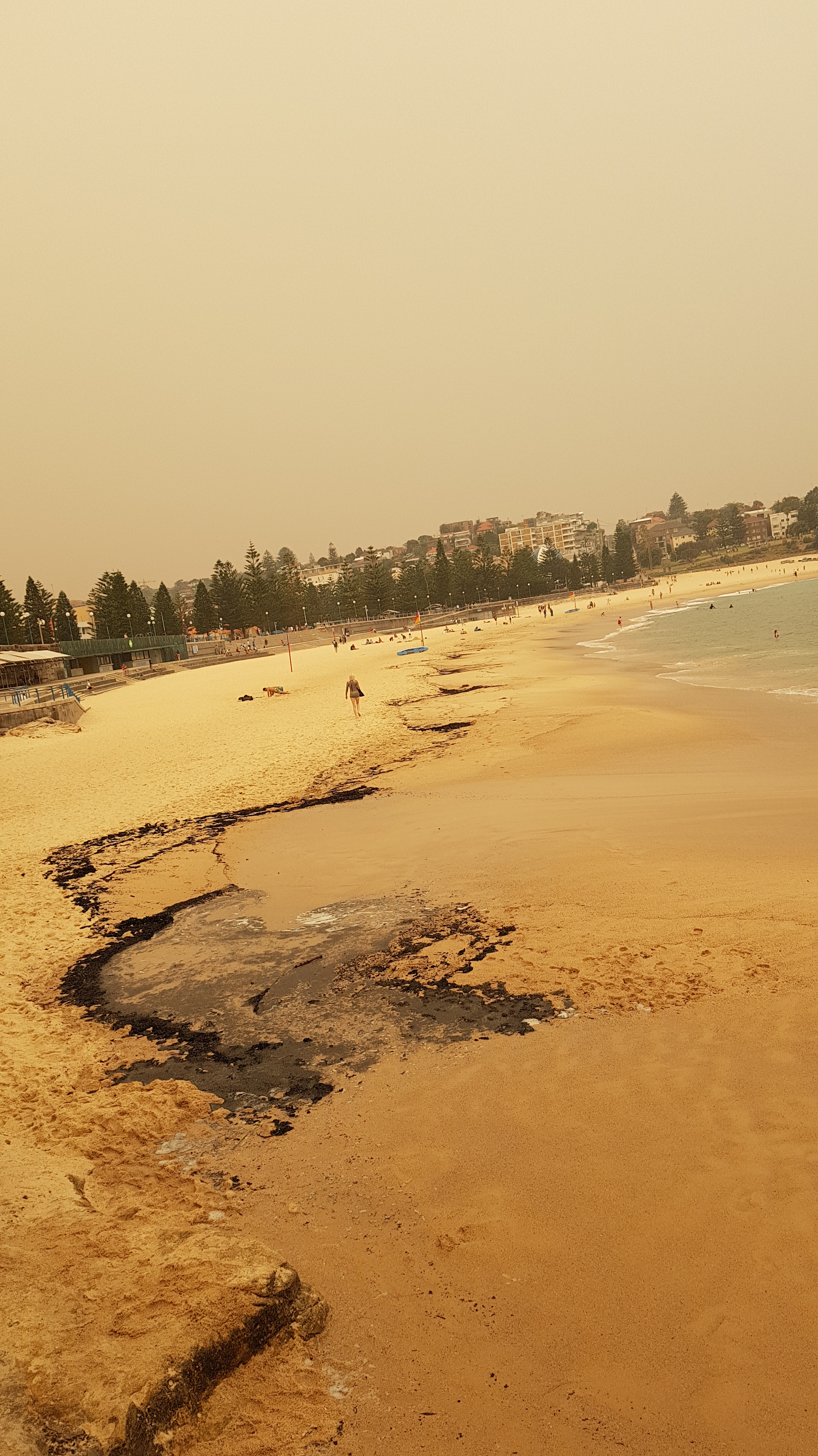
The region is in the midst of an extended drought and this has worsened the fire season. The Australian Government seems intent on denying that it’s anything to do with climate change, though recently one of the state ministers has broken ranks. That’s going to be little consolation this year but may mark the start of some changes in policies. Let’s see.
During our time here Karin and I have facilitated a workshop on “Writing for a non-academic audience” which was attended by 17 UNSW postgraduate researchers. I’ve presented a lecture on “Macroecology and macroevolution of plant-pollinator interactions: pattern and process at large geographical and temporal scales”…..
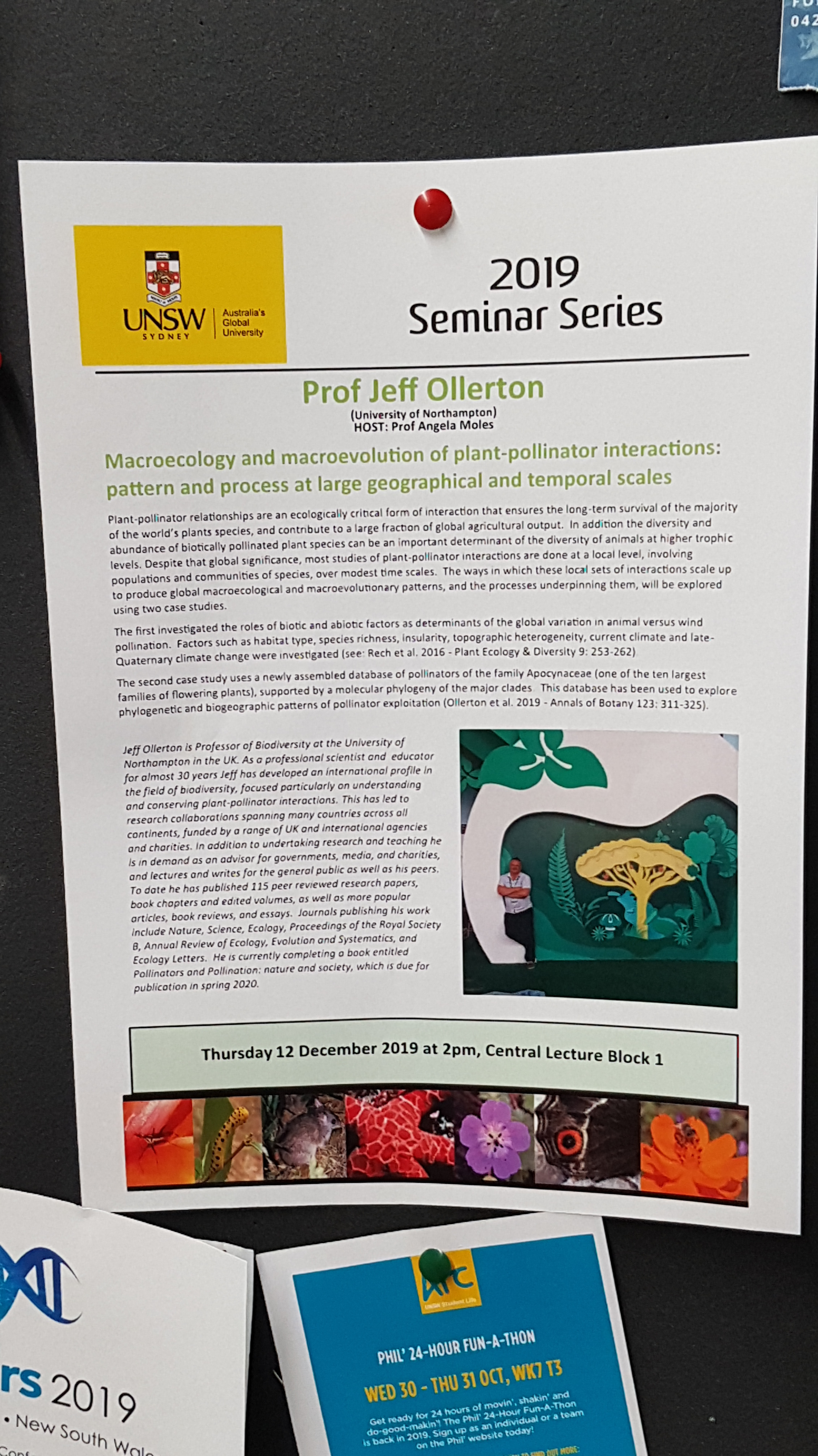
….and spent a lot of time chatting with staff and postgrads at UNSW. In addition, Angela Moles, Stephen Bonser and I have made initial progress with a short paper that I’m hoping will be ready to submit before we head back to the UK in early February.
Time to actually get out and see some of the habitats and biodiversity of this part of Australia has been limited. But we’ve done a couple of hikes north and south of Coogee Beach, along cliff-top trails and boardwalks through remnant coastal heathland habitat, enjoying the novelty of watching rainbow lorikeets visiting the inflorescences of native Banksia trees:

Yesterday we went further afield with a bird watching trip down to the Royal National Park (RNP) with Kew/NRI scientist Phil Stevenson (who is in the country for a couple of weeks on a flying visiting to speak at a conference and meet with colleagues); and Graham Pyke from Macquarie University, whose work on foraging behaviour of pollinators I’ve known for many years, but whom I’d never met. Leading our trip was Steve Anyon-Smith, a professional bird guide who literally wrote the book on birding in the RNP. Steve was great, highly knowledgeable, and a mine of information about the Australian environment. As well as seeing about 67 bird species we encountered a host of other wildlife, and I collected data on wind and animal pollination for another set of species. Here’s some images from that day:
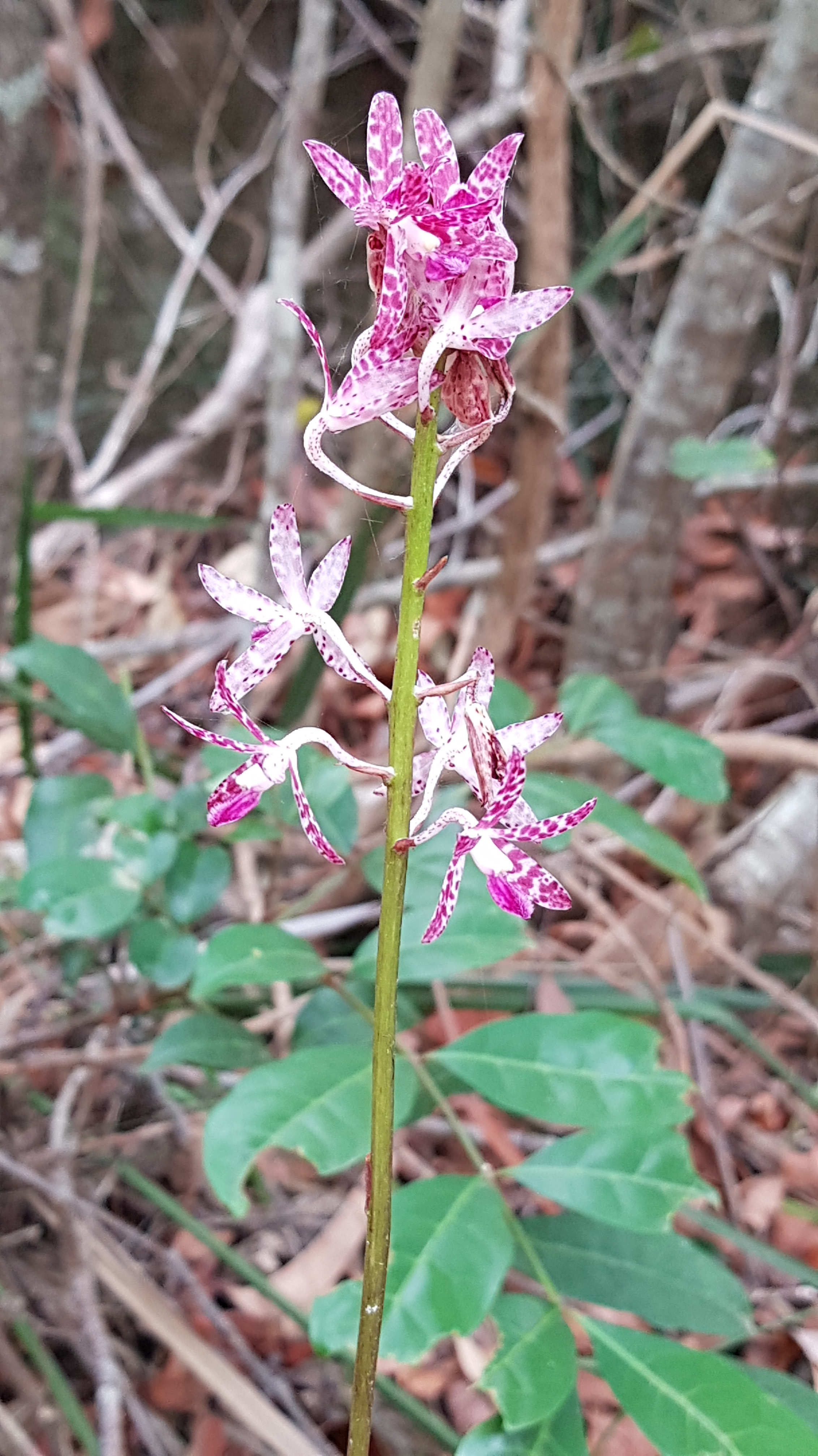
An orchid – Dipodium punctatum.
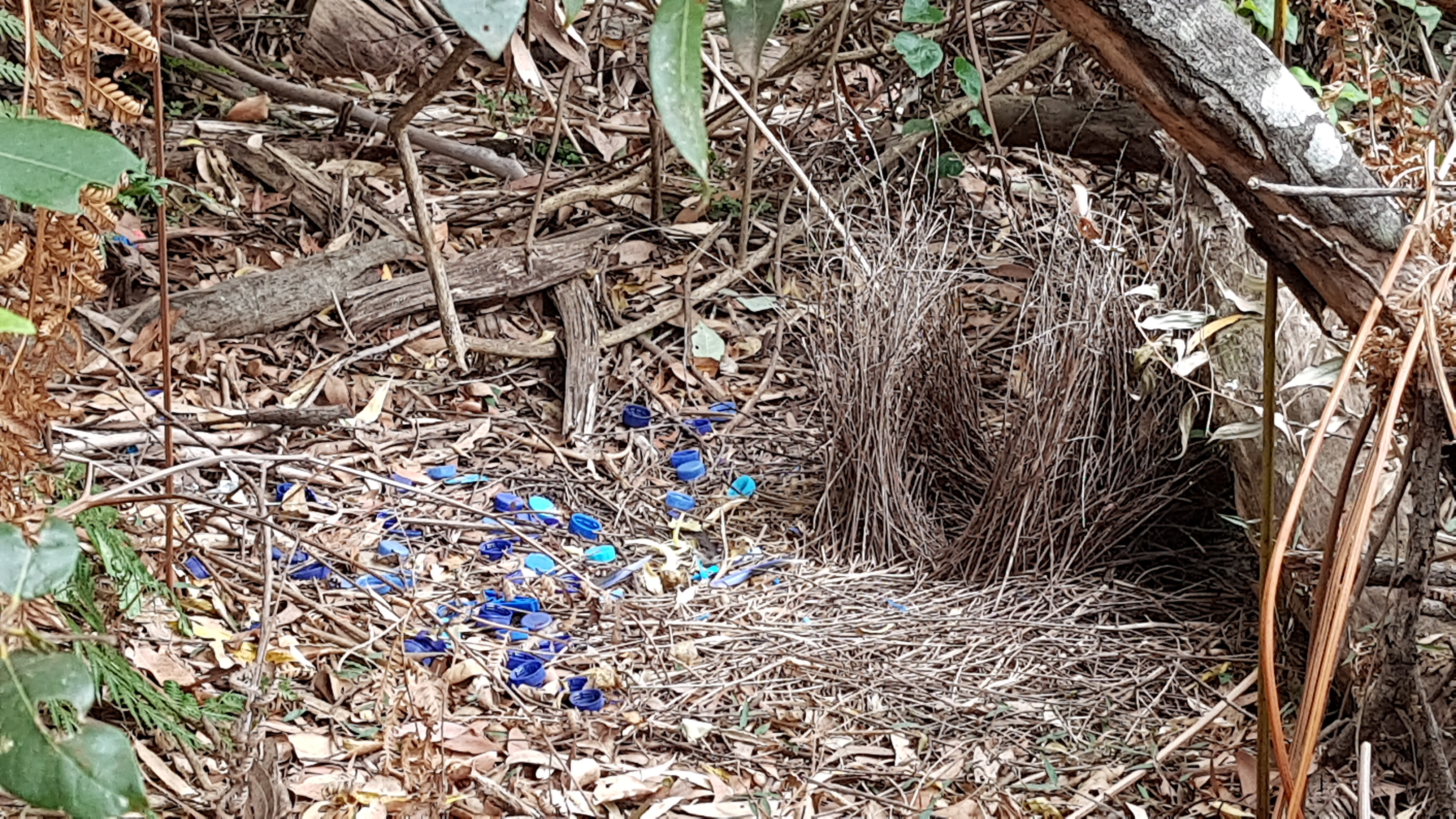
The bower of a male satin bower bird.
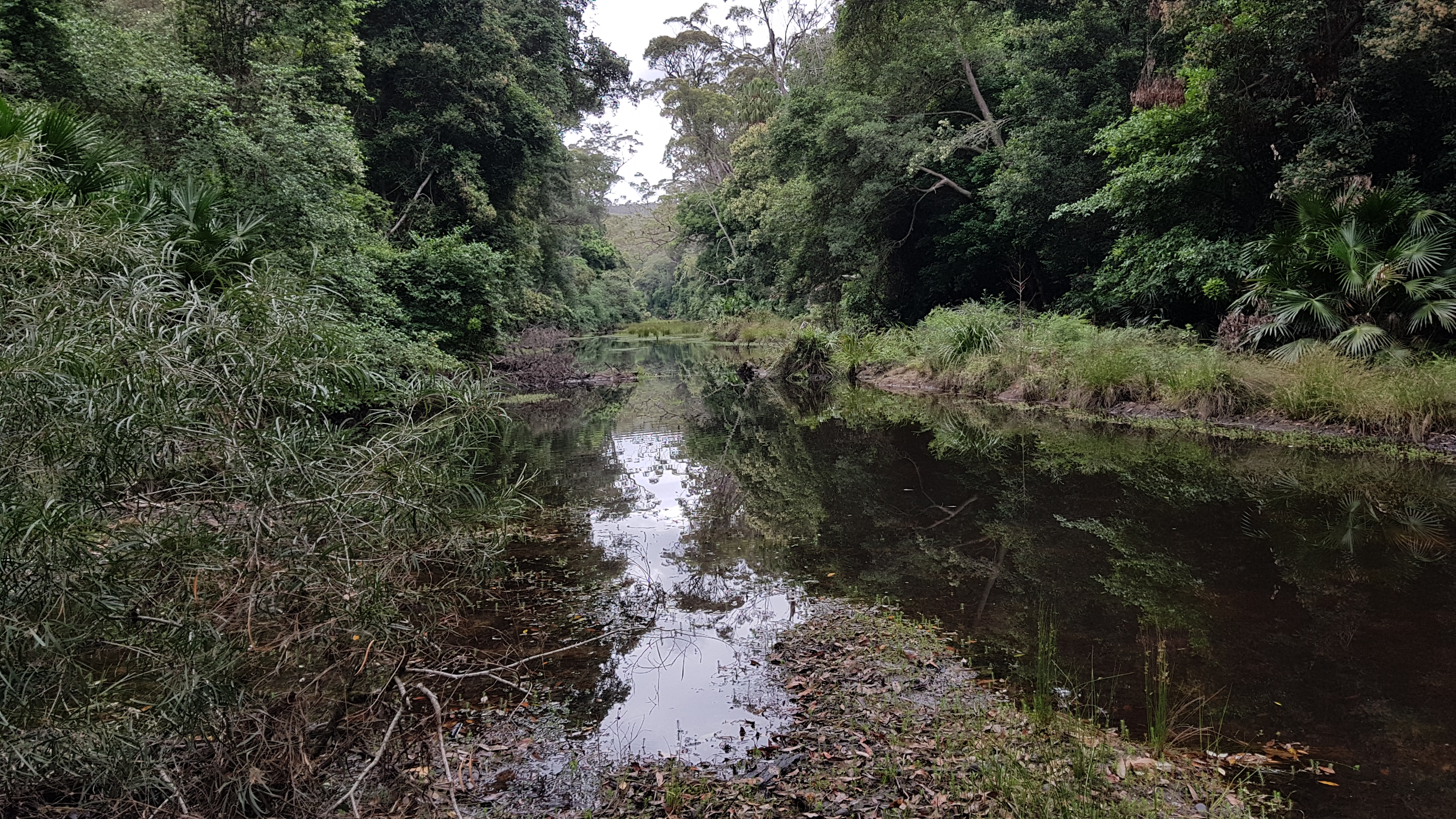

Not a great shot – it’s an Eastern dwarf tree frog.
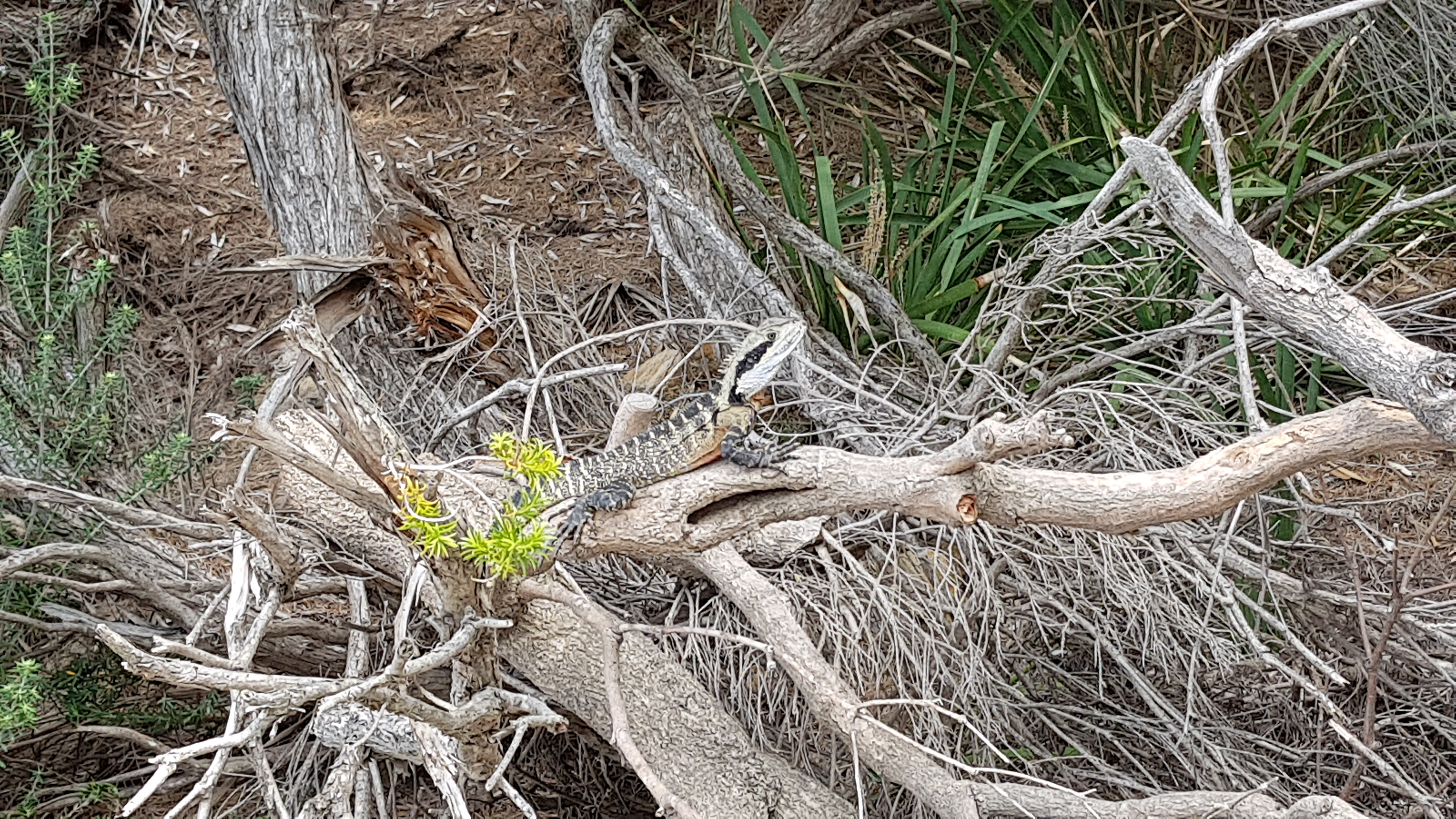 This is better – a very confiding Eastern water dragon along a well-used coastal trail.
This is better – a very confiding Eastern water dragon along a well-used coastal trail.
Along that trail we also saw two forms of Banksia serrata – an upright one and a prostrate form – growing quite close together:
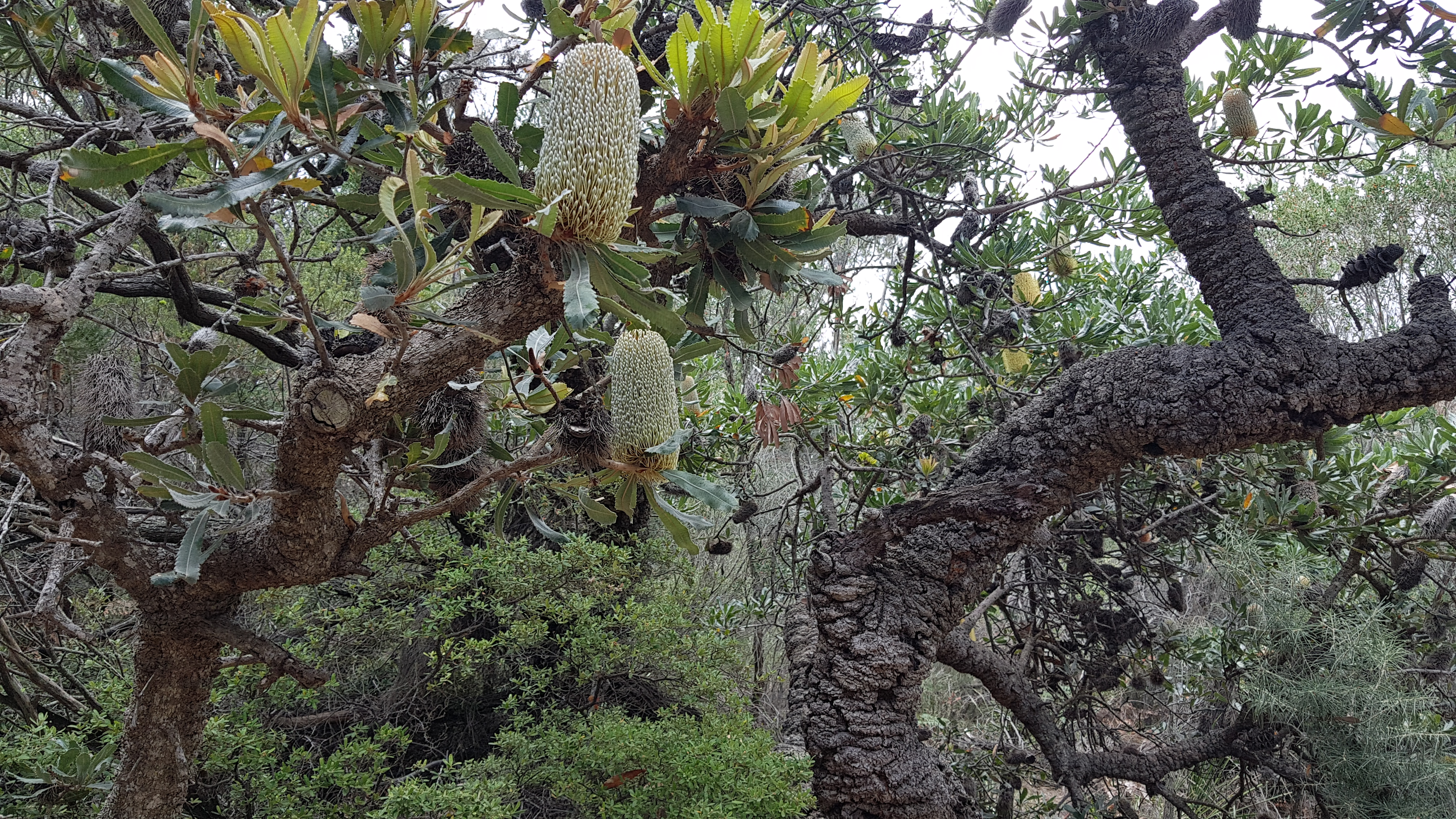
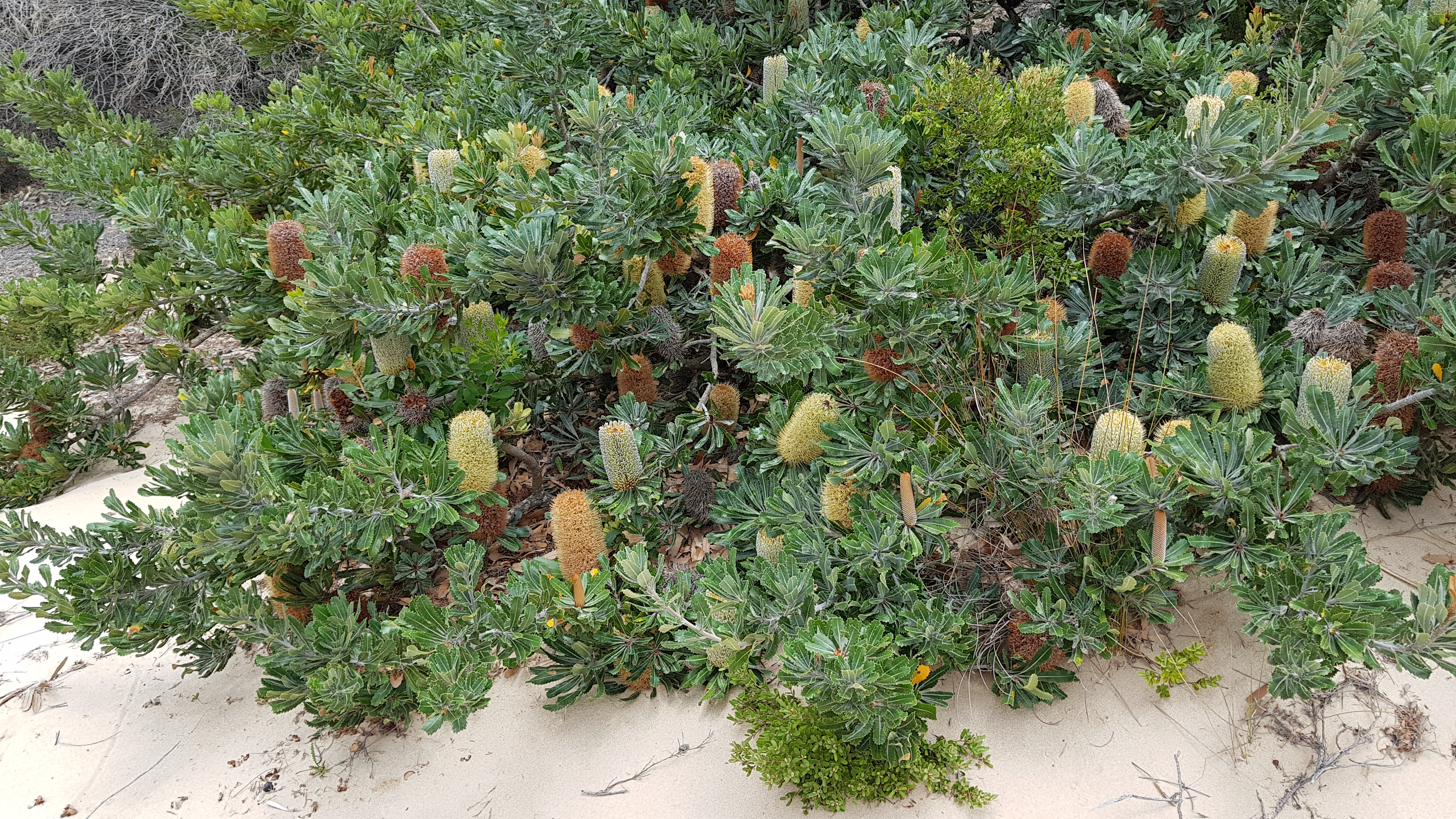
I’ve seen a lot of birds visiting the inflorescences of this species but it’s suggested that mammals might be the main pollinators – the flowers have a very thick, yeasty smell. Perhaps it’s both?

An Australian fringe-lily.
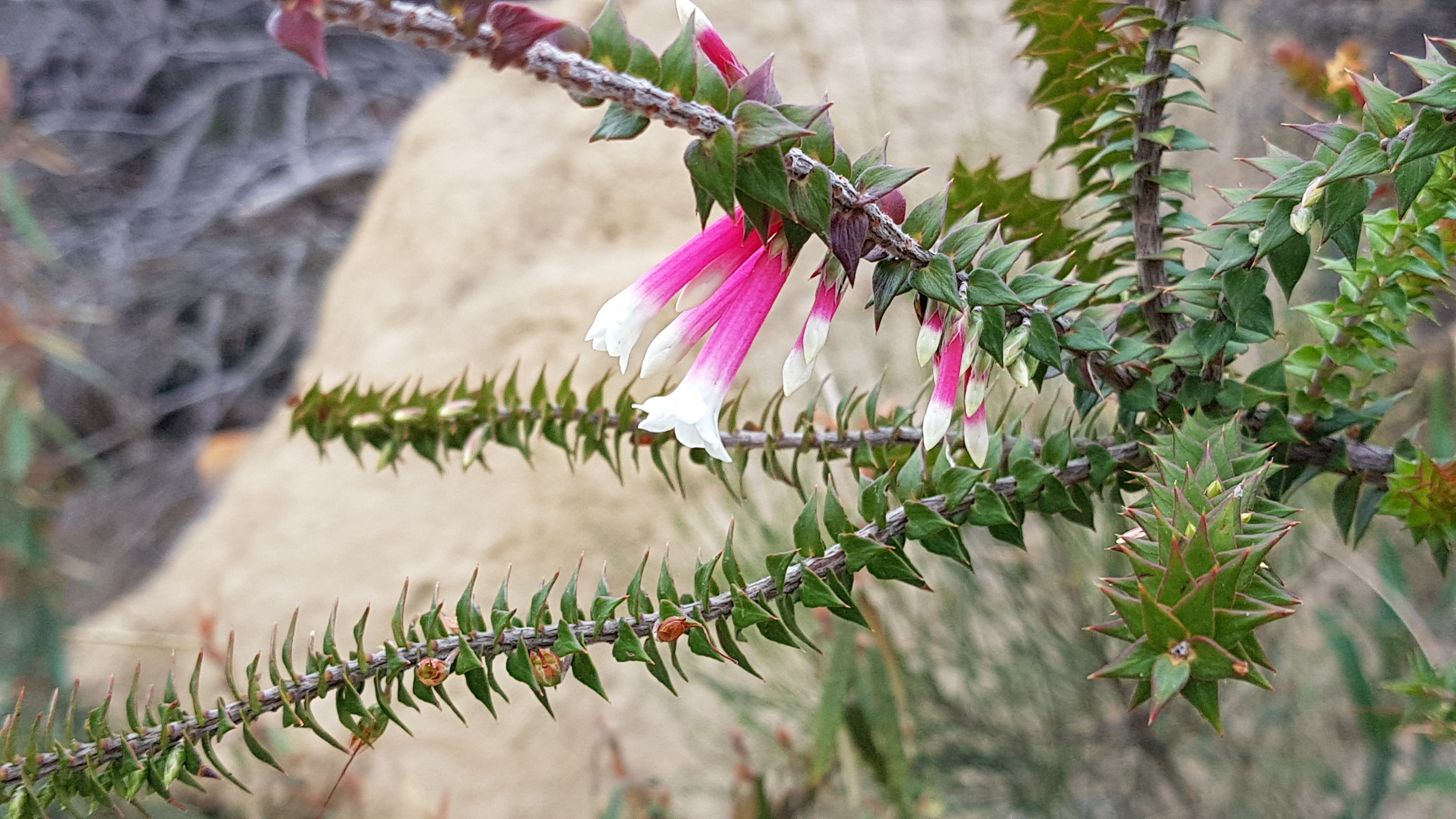
This is Epacris longiflora – thanks to Ryan O’Donnell for the identification.

And of course we saw a lot of the iconic laughing kookaburras.
Steve was really concerned that much of the forest and wildlife in the NPR may be destroyed over the summer. None of it has yet burned and, with temperatures due to rise enormously by next week, much of this habitat could be lost to fire by summer’s end. I sincerely hope not, it’s too precious and beautiful to lose. Vegetation in relatively light burns can reestablish itself given time, as we encountered in one of the Coogee remnants that burned a few years ago:
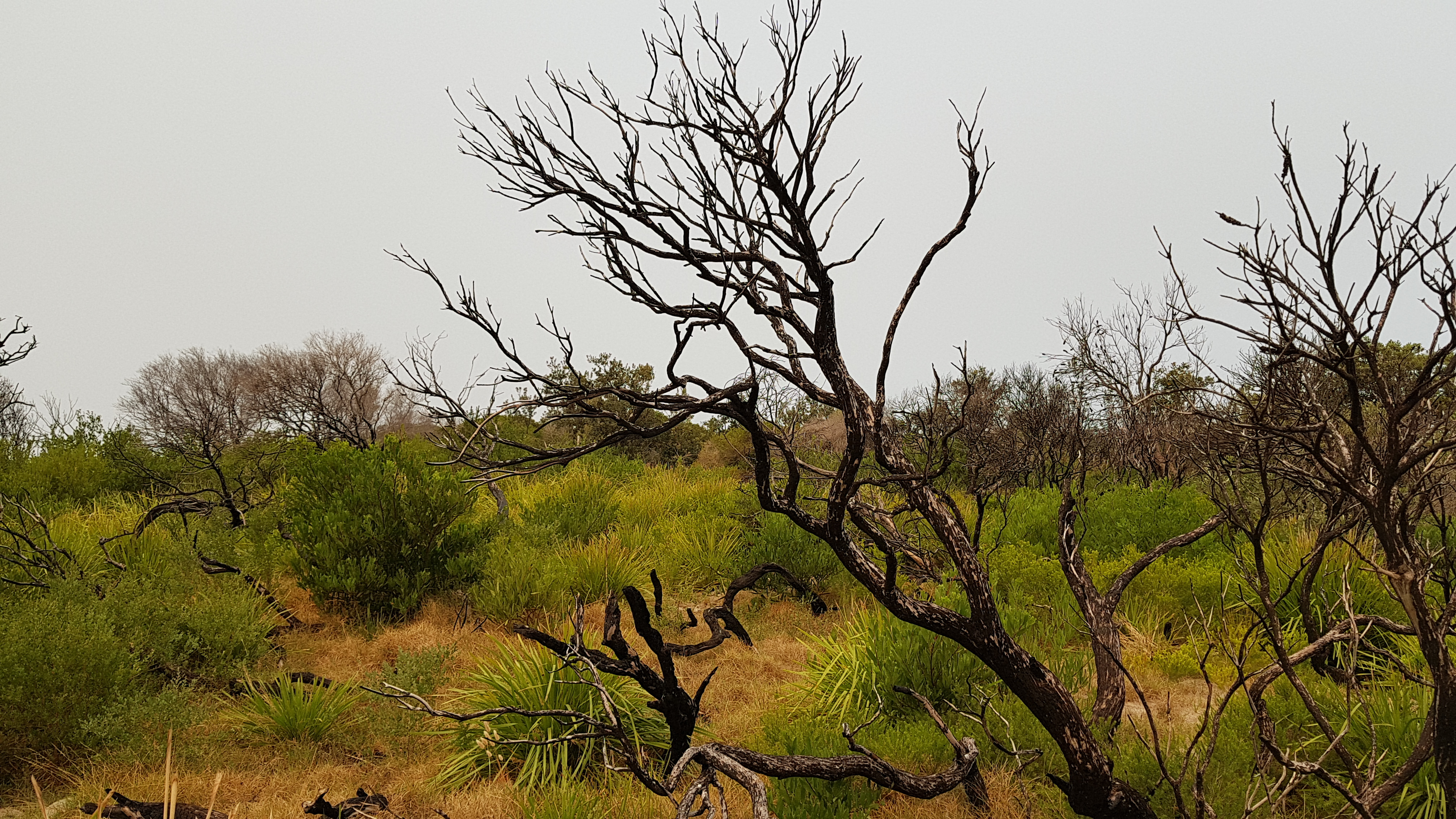
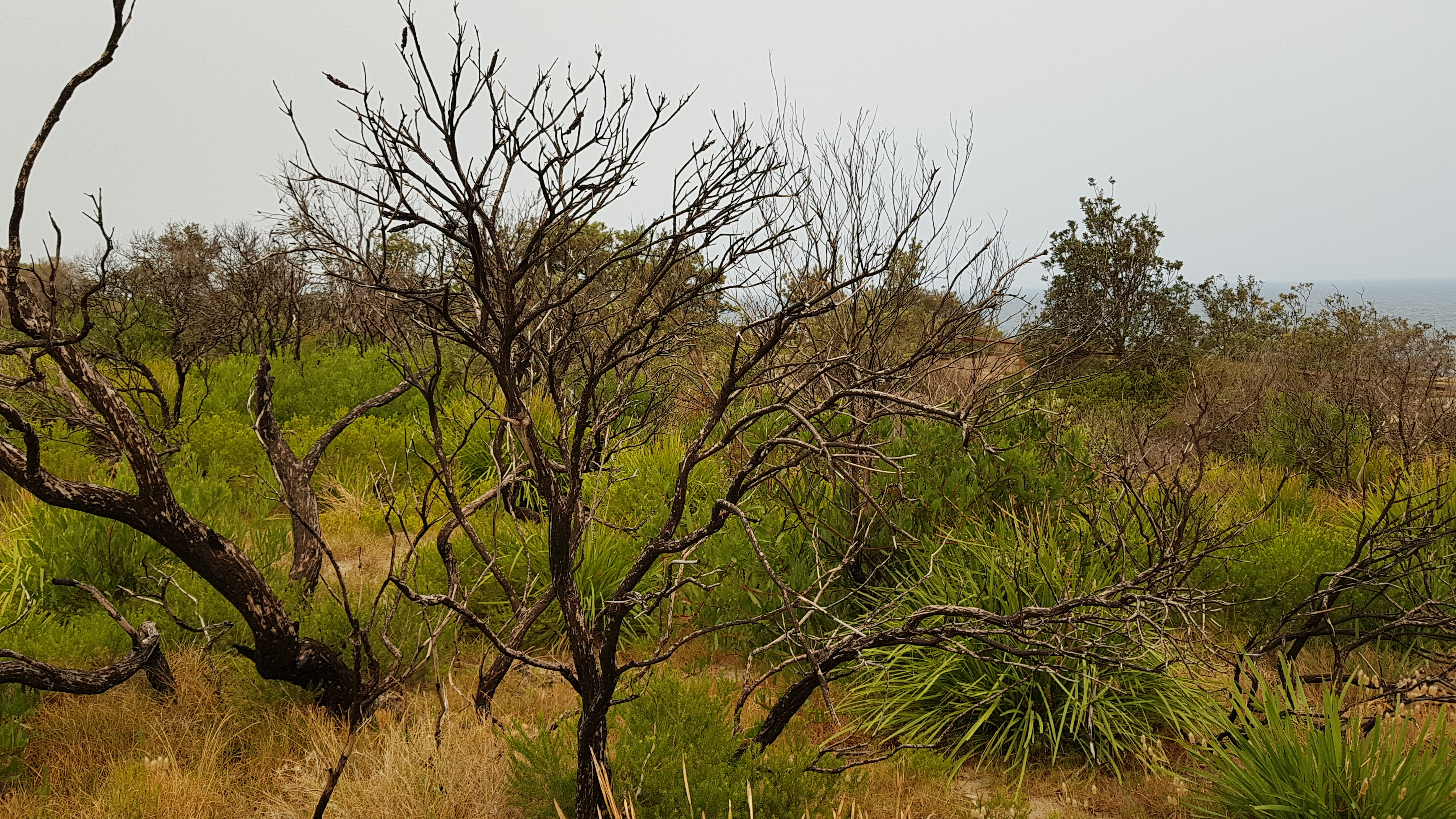
But the bigger, hotter, more intense fires that are currently sweeping the state are something else entirely, and are alien to these forests. Aboriginal Australians carefully managed their environment using regular, small burns, a practice that has been lost in most areas.
Fire in Australia is a theme that I keep coming back to. A few weeks ago, during one of my second-year undergraduate grassland ecology lectures, I was discussing fire as a threat and a management tool in grasslands. I mentioned the situation in Australia with respect to Aboriginal use of fire and I asked my students what the purpose of their burning the grasslands was. Someone suggested that it might relate to their agriculture. My response then was “no” because Australian Aborigines were nomadic hunter-gatherers who never developed agriculture, which is what the received wisdom has been for decades. The answer I’d give now is: “yes, quite probably”. As so often is the case in science, the received wisdom was wrong.
My colleague at the University of New South Wales, Angela Moles, has loaned me a book called Dark Emu which draws on early European settler accounts, Aboriginal oral tradition, and recent archaeological discoveries to turn our understanding of the ecology of pre-European Australia on its head. In particular, it seems as though the (then) very large Aboriginal population was much more settled and had developed a sophisticated form of agriculture that included the creation and exploitation of huge areas of native grasses for their grains. This was all destroyed by colonial European agriculture within a short time period, before it was fully understood. One of the arguments in Dark Emu is that these native grasses are much more suitable to the Australian climate than wheat and may allow more sustainable agriculture in the future.
If you want to know more, here’s a link to a recent review and interview with the author, Bruce Pascoe:
https://www.theguardian.com/books/2019/may/24/dark-emus-infinite-potential-our-kids-have-grown-up-in-a-fog-about-the-history-of-the-land
Strange as it might sound for a professor to say, I was happy to be wrong on this (or indeed any) occasion: scientific understanding only progresses by people being wrong and incorrect ideas being superseded by new knowledge. I made a point of sending my students an email telling them about what I’d discovered. It may well form a question on the test they have to take next term…..
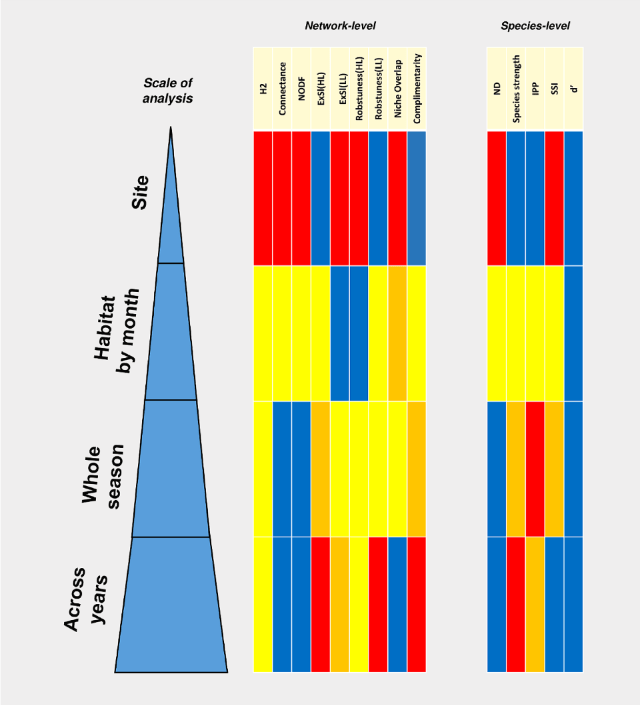


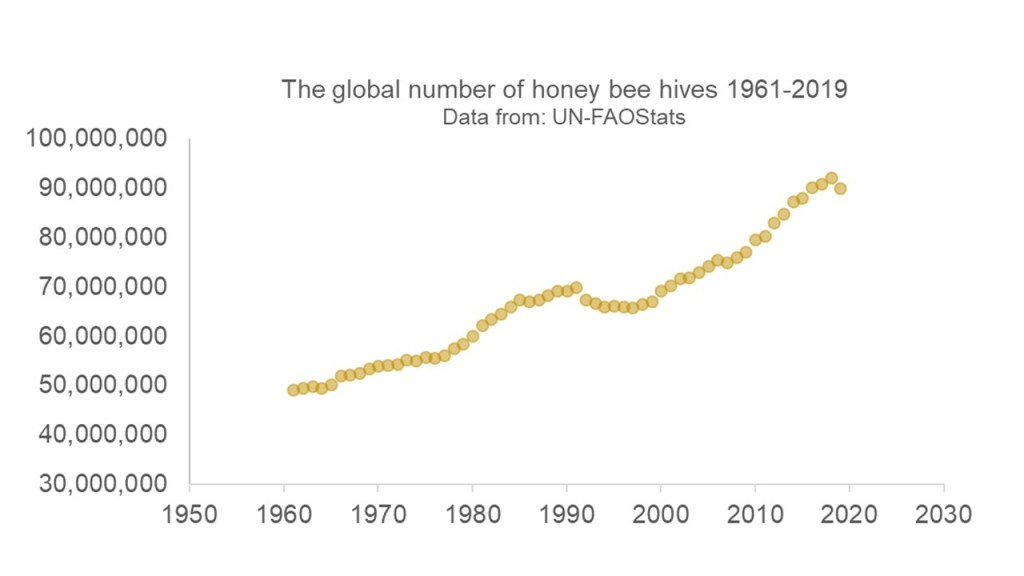

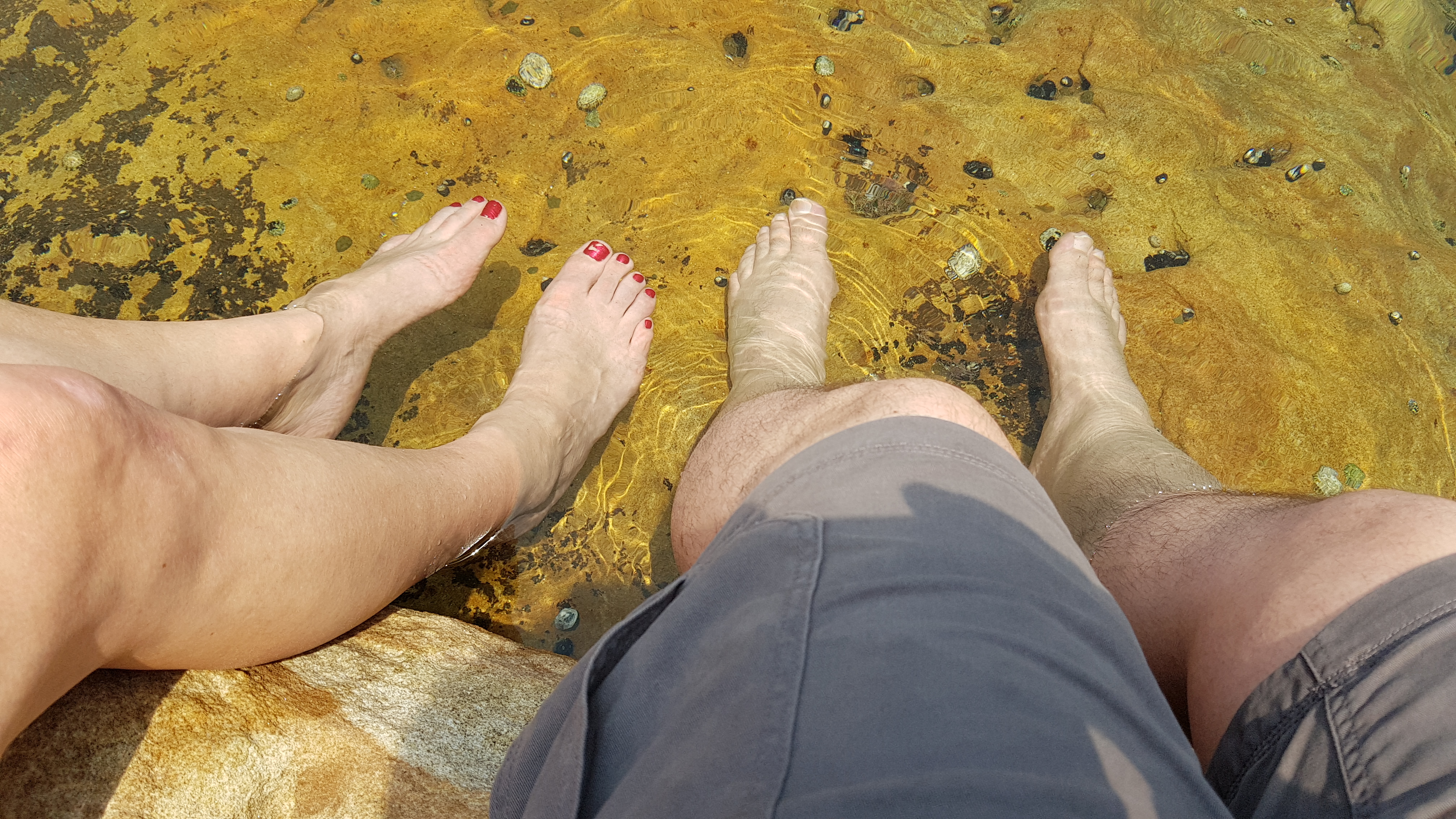

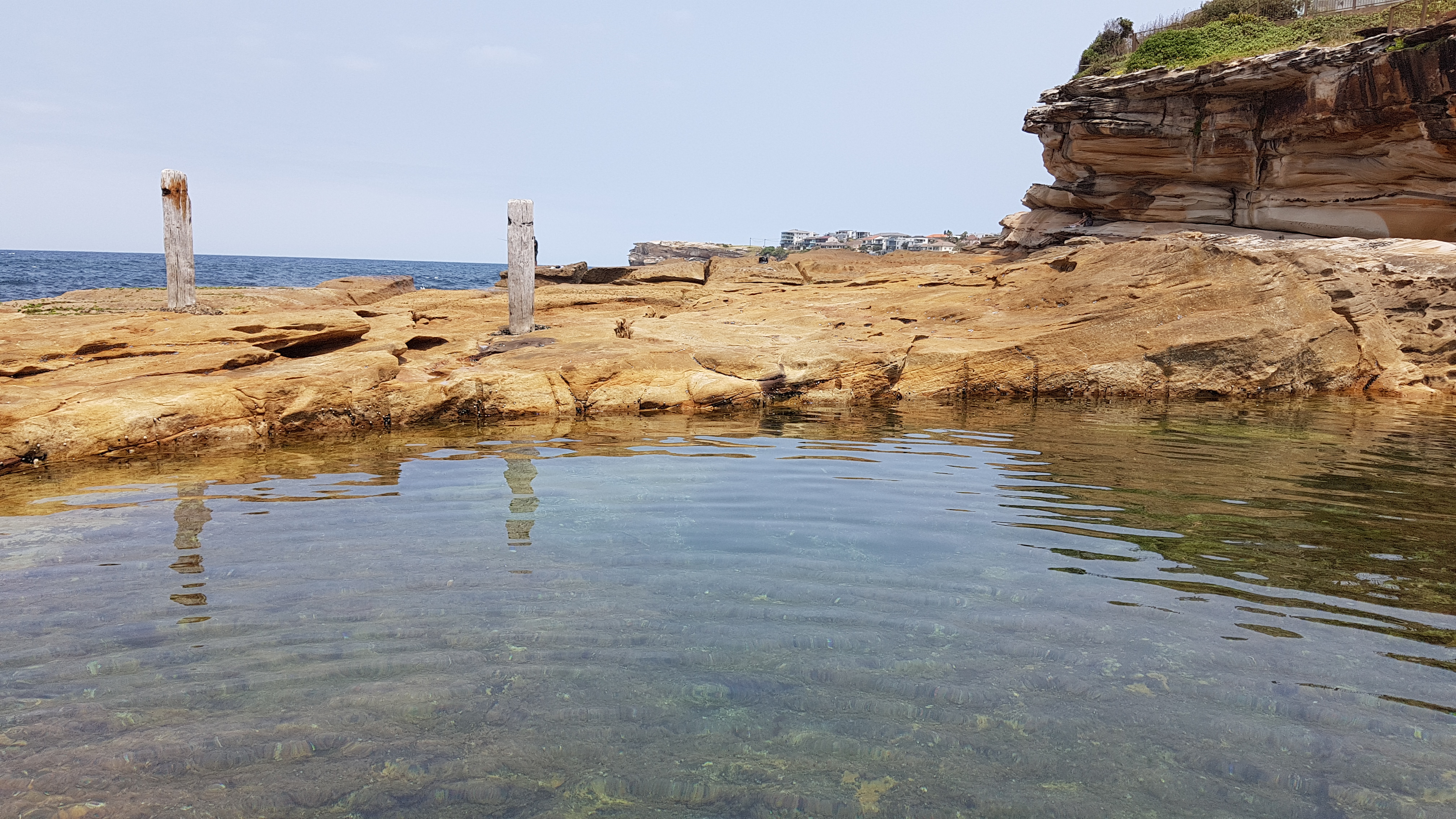
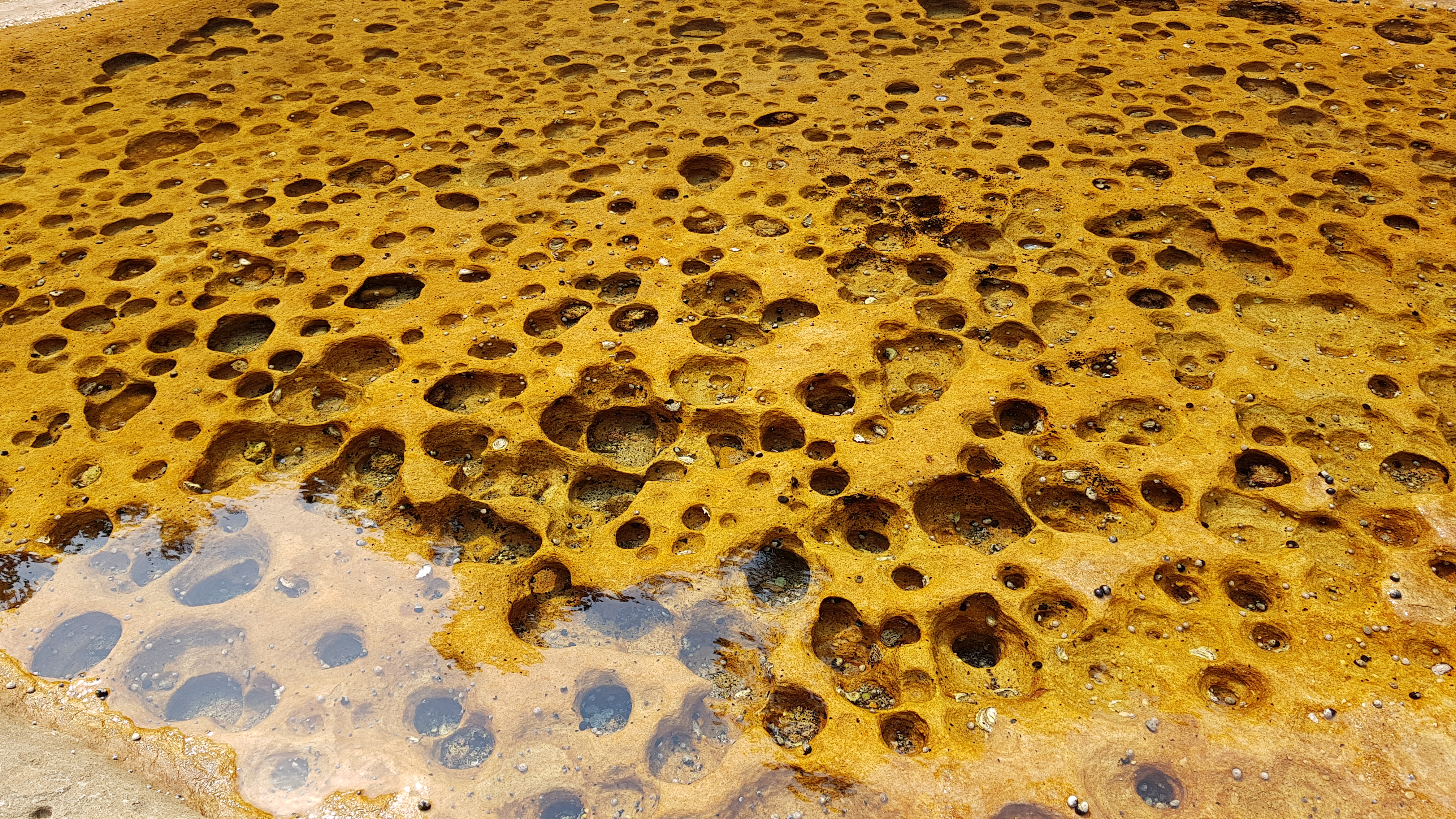
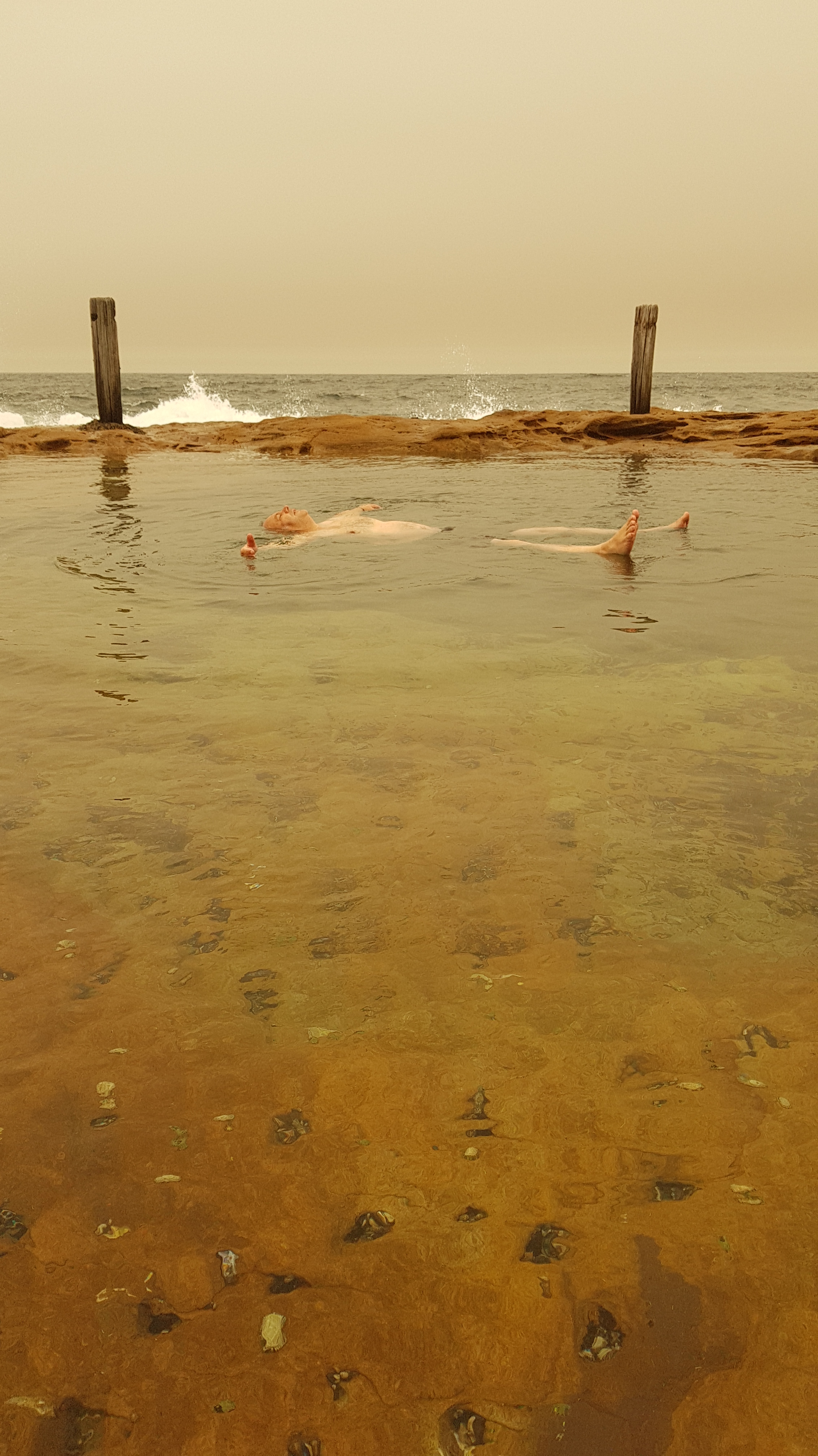


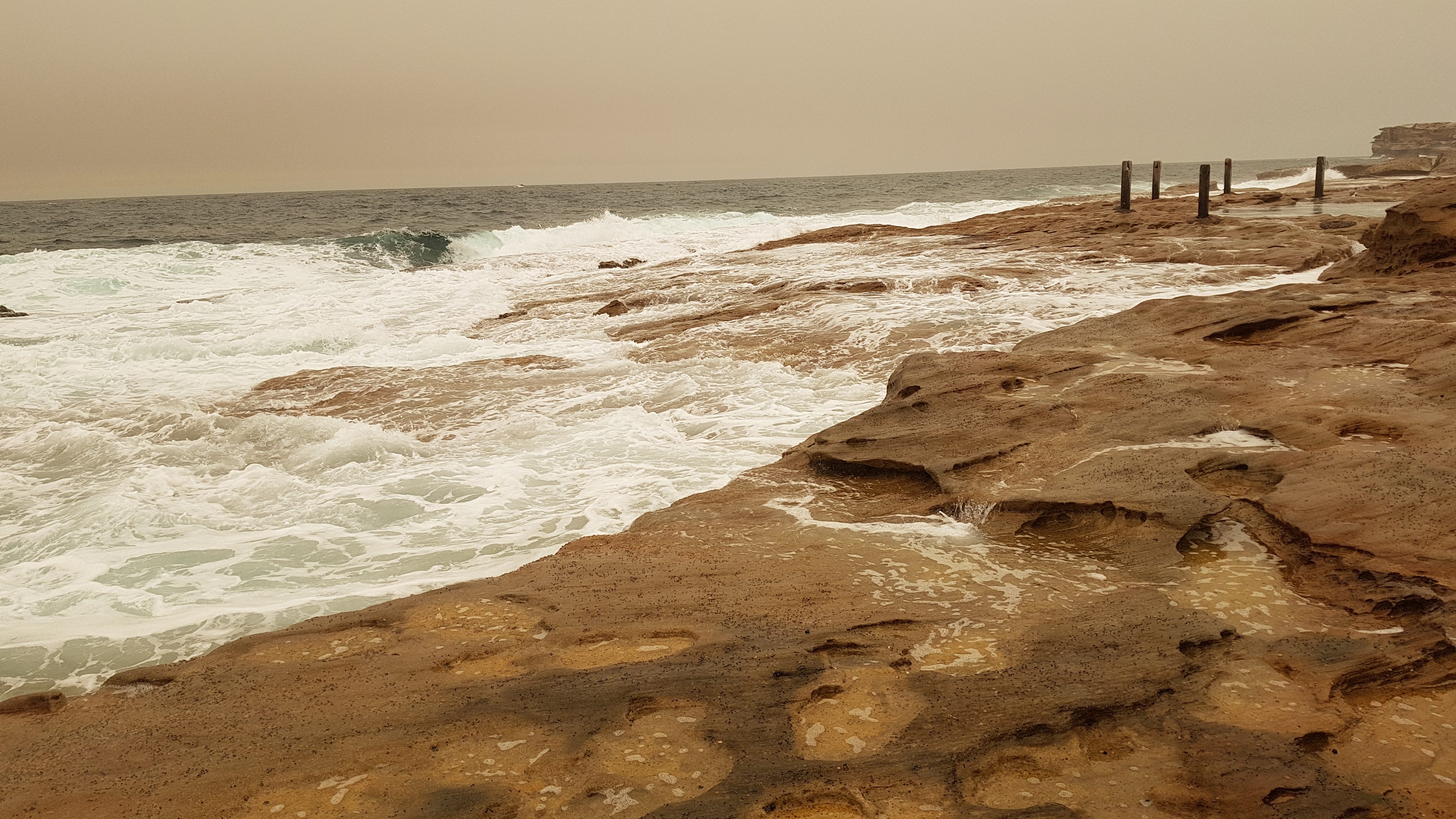


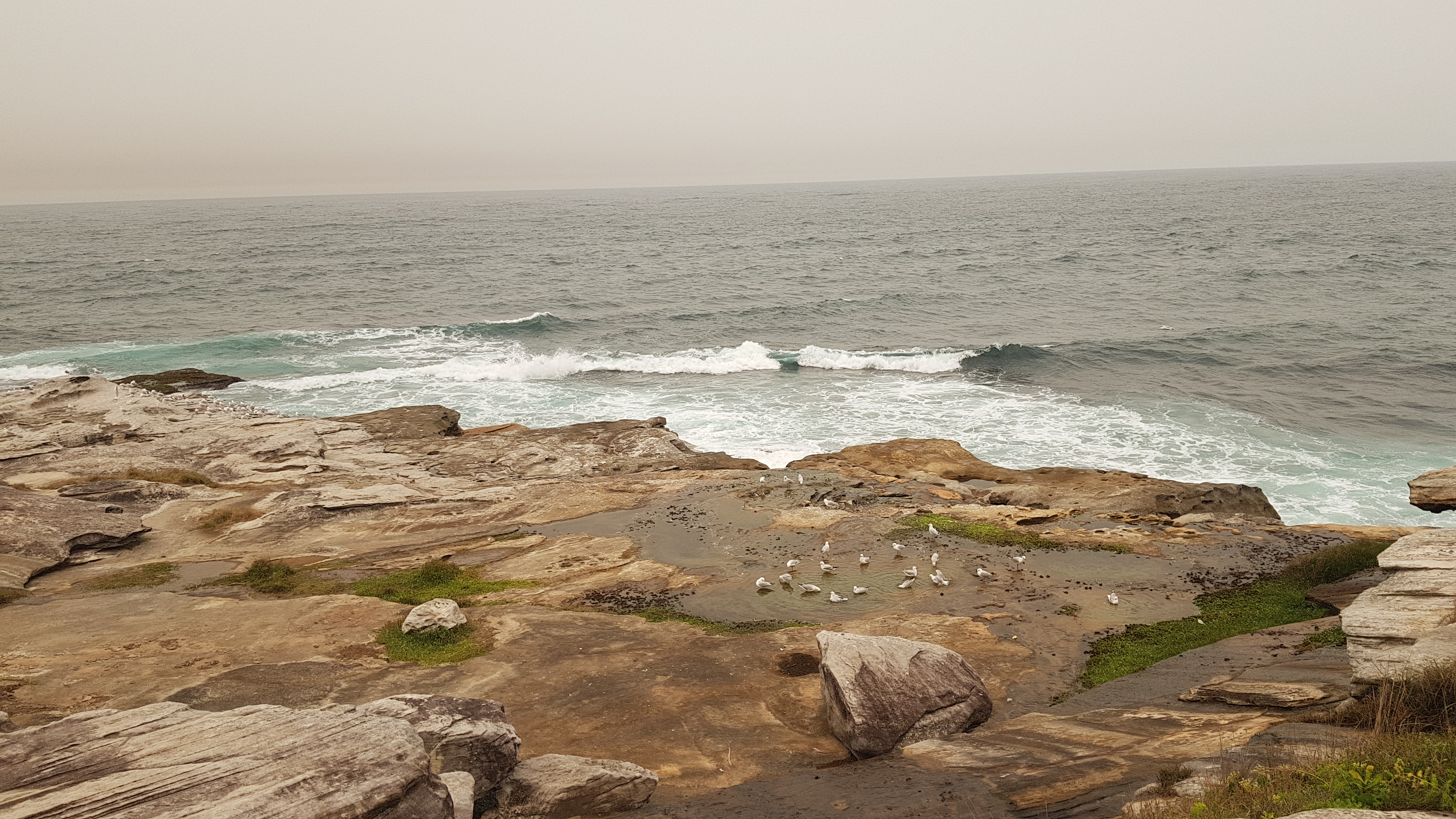


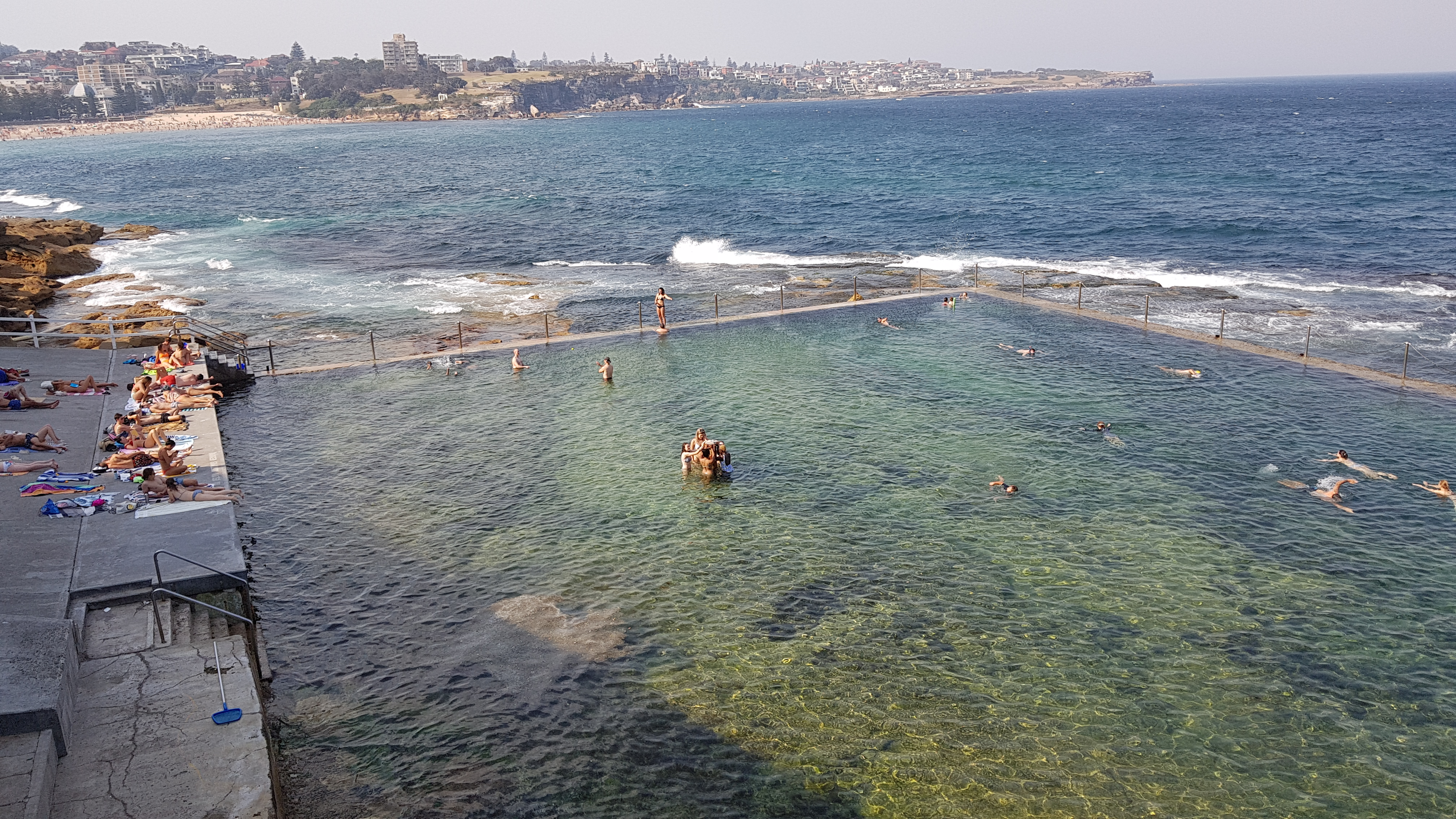
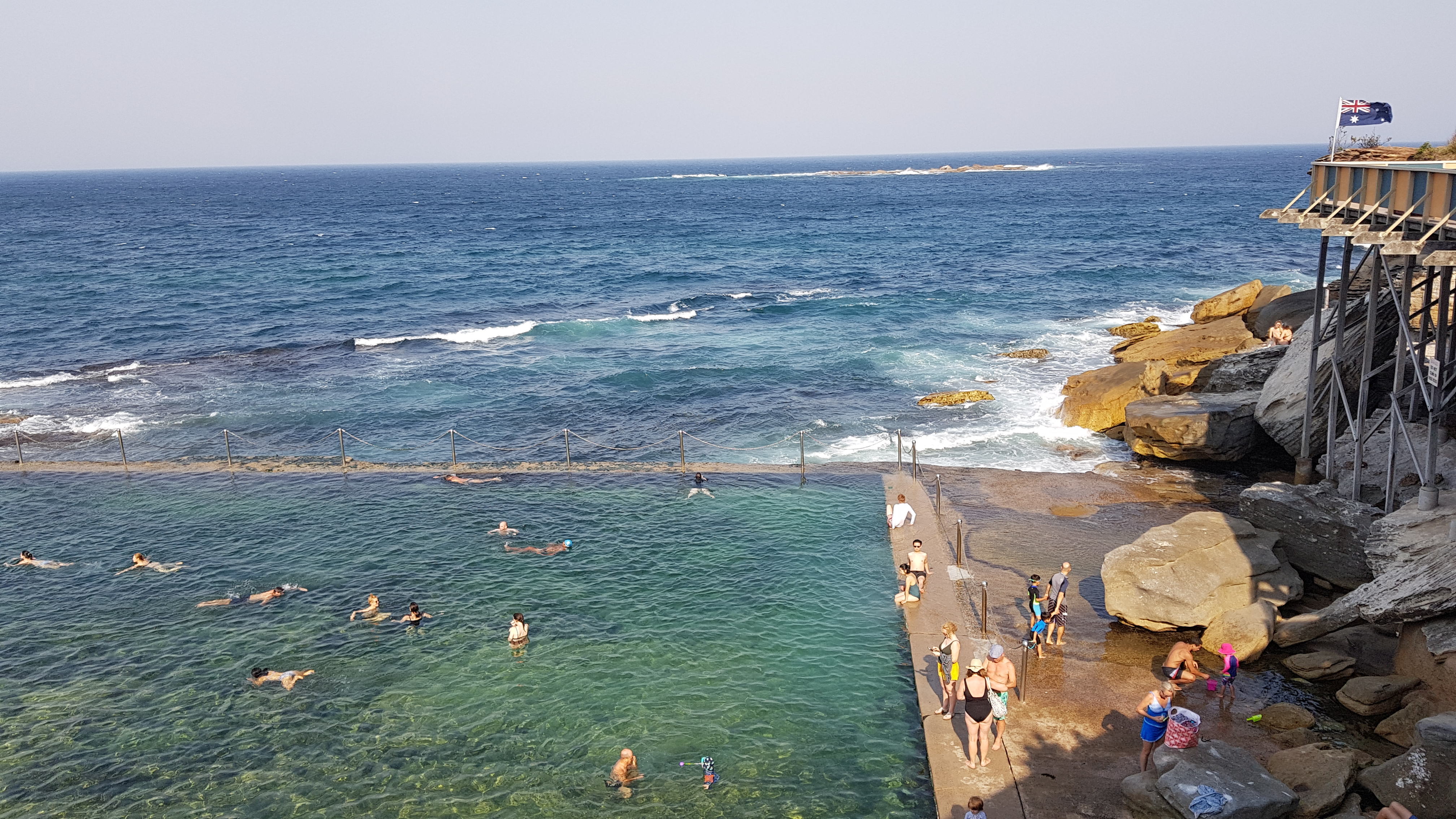
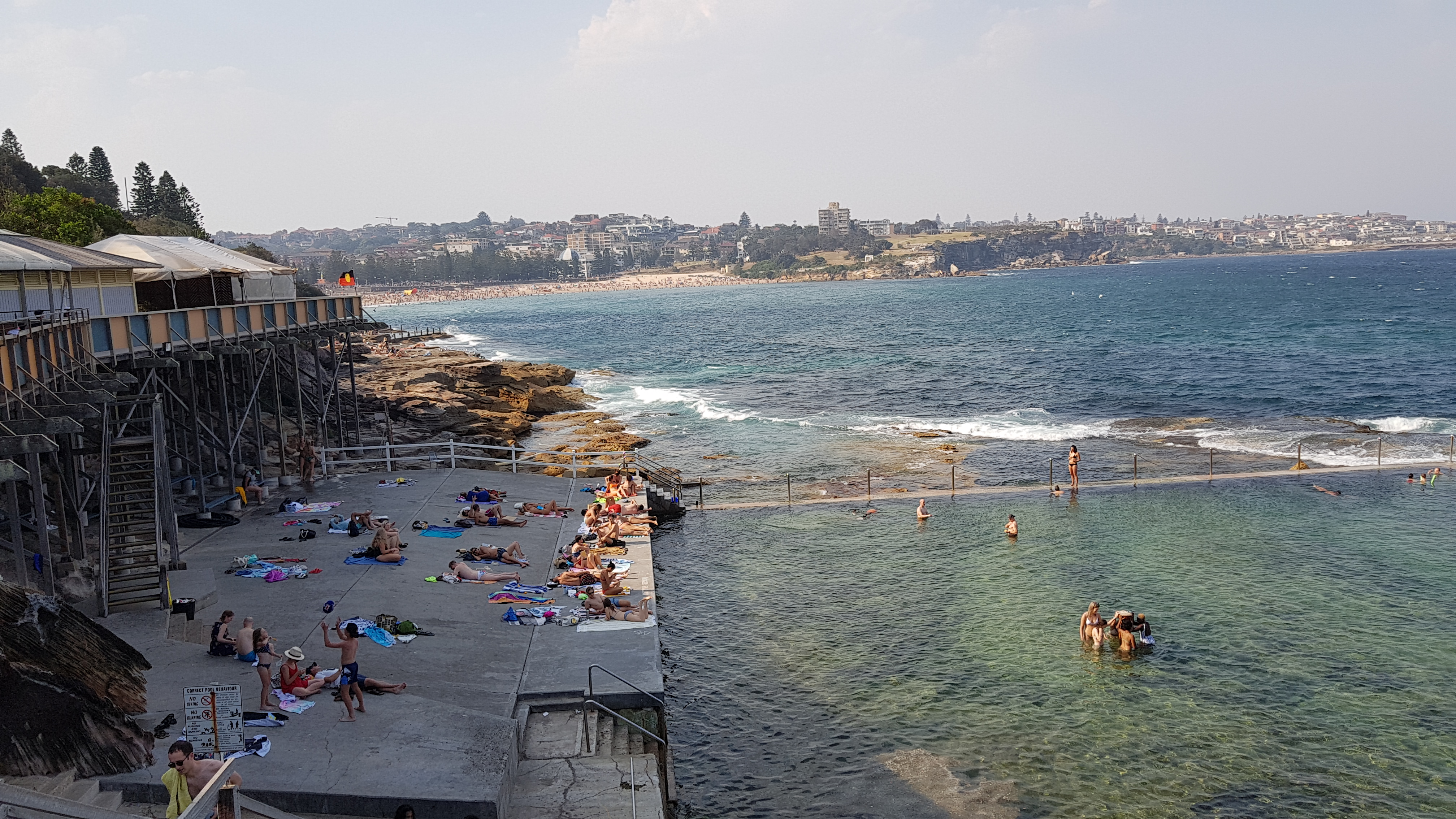

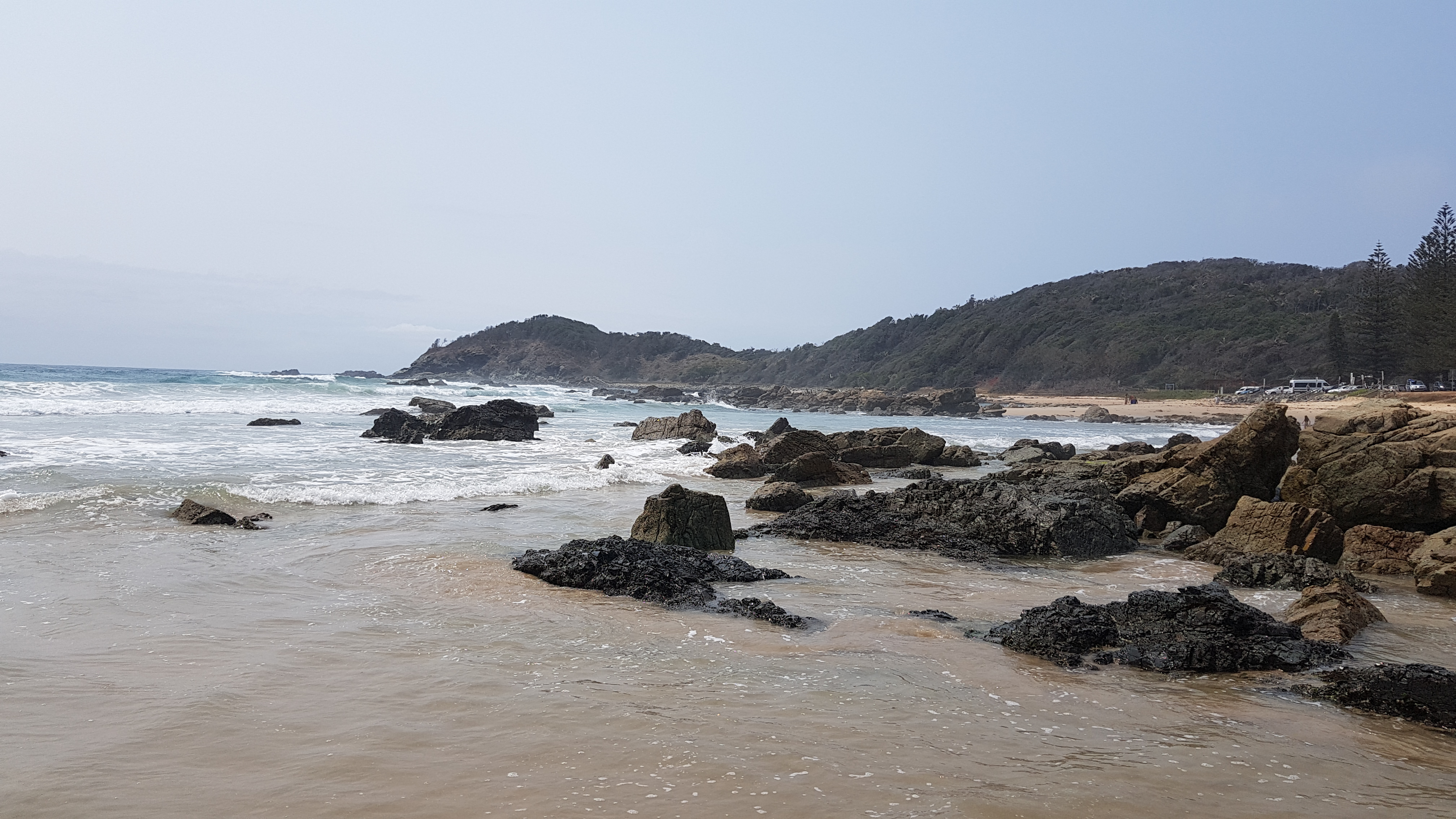

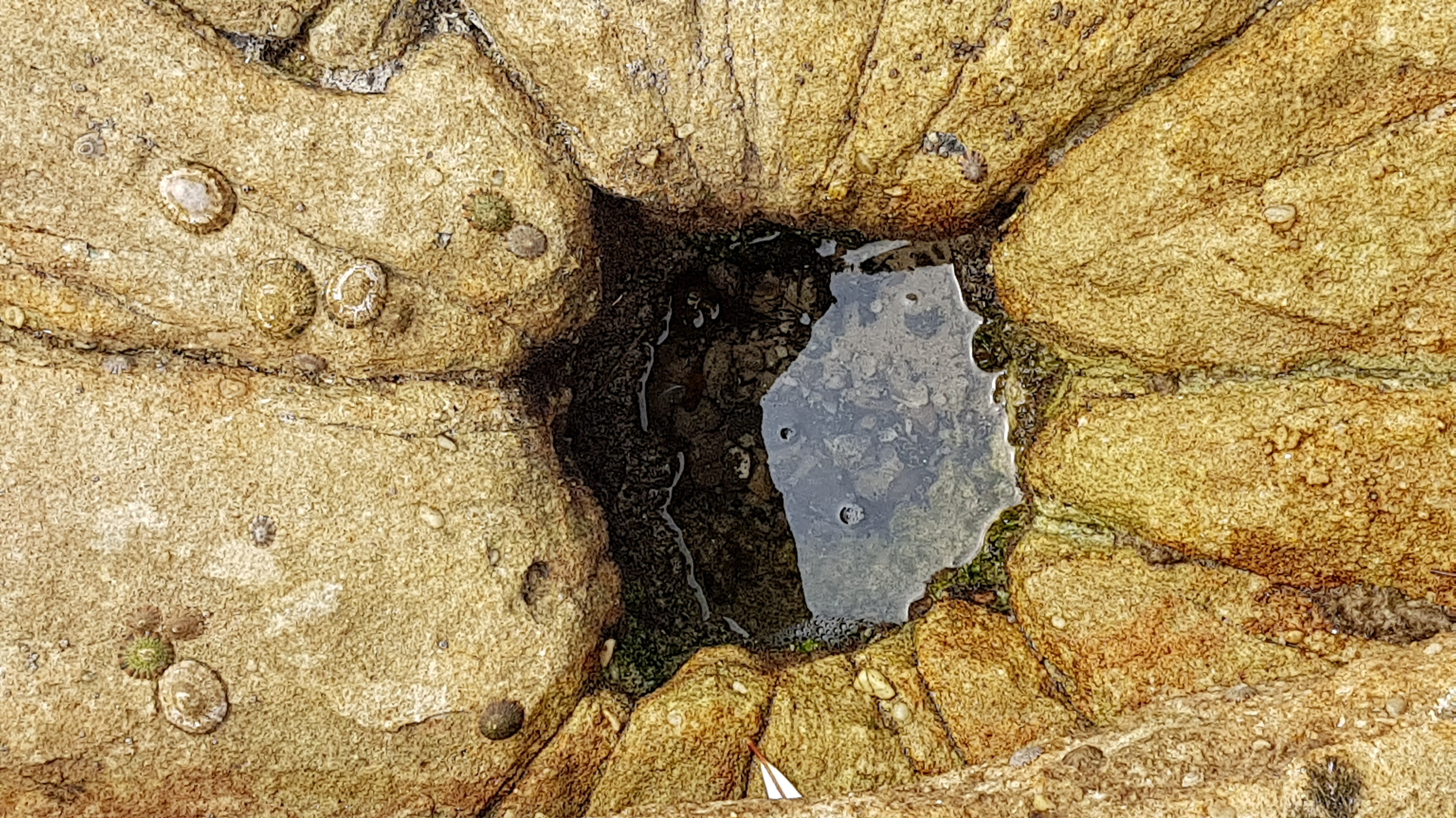
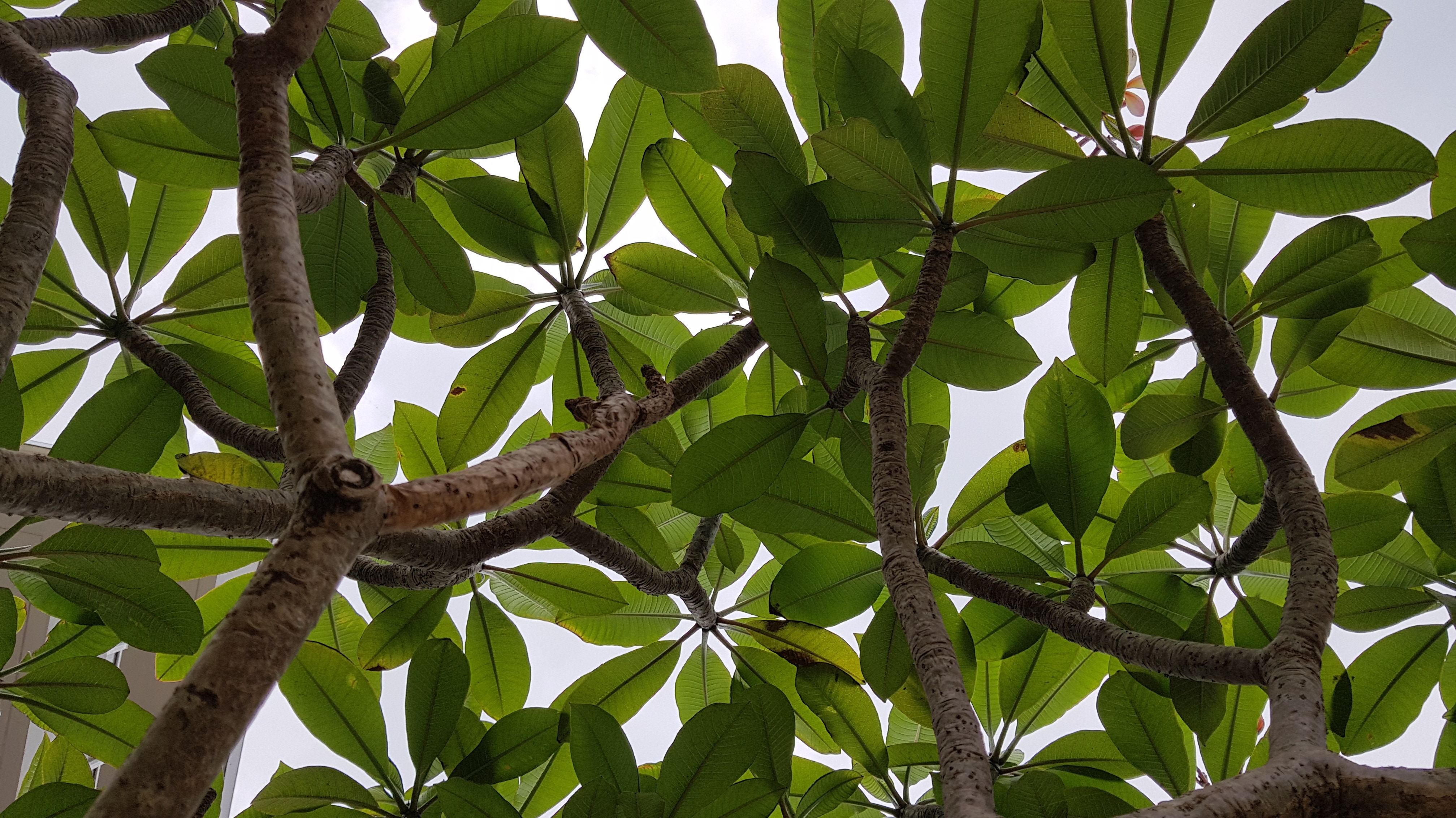

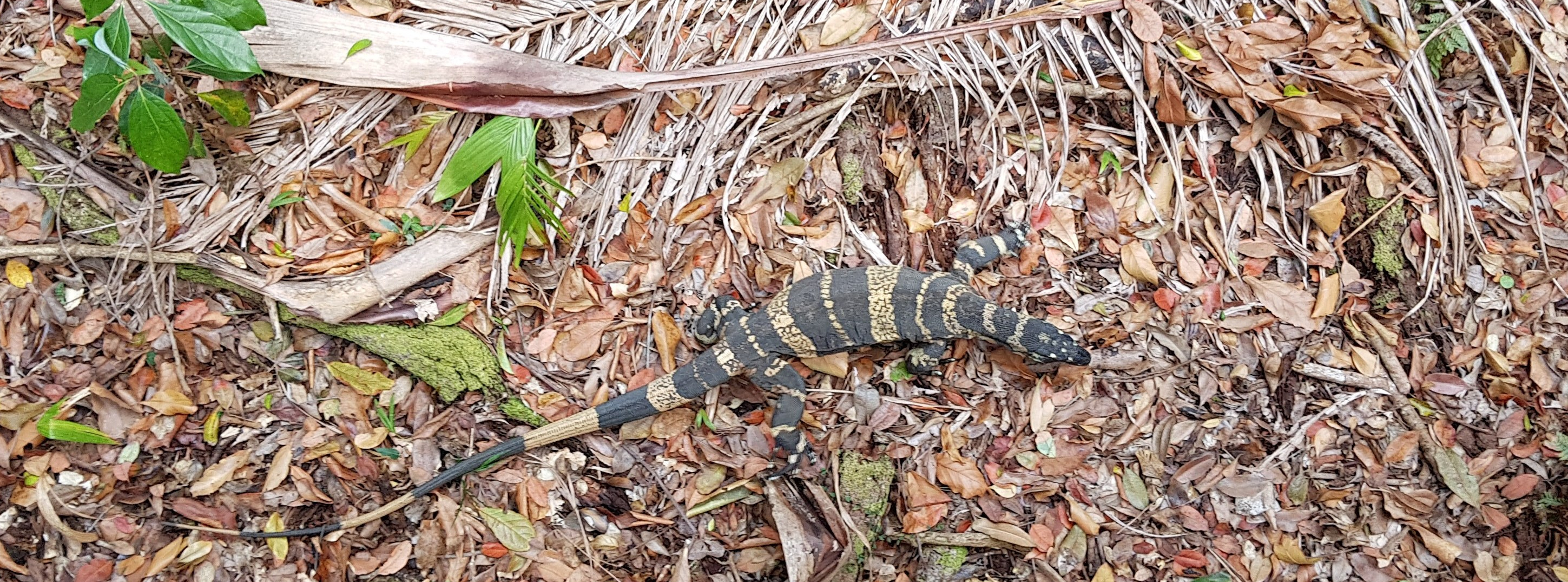
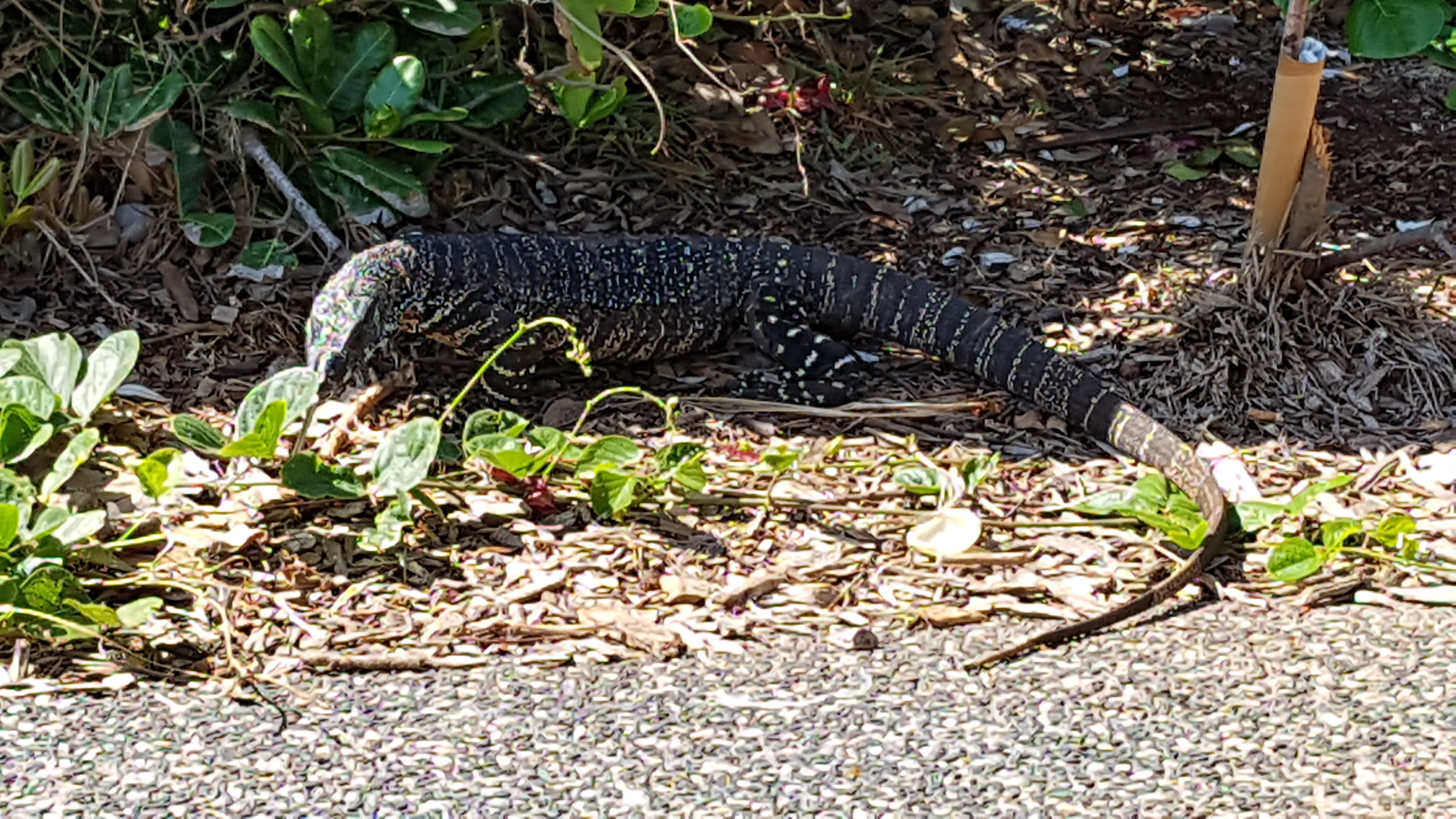
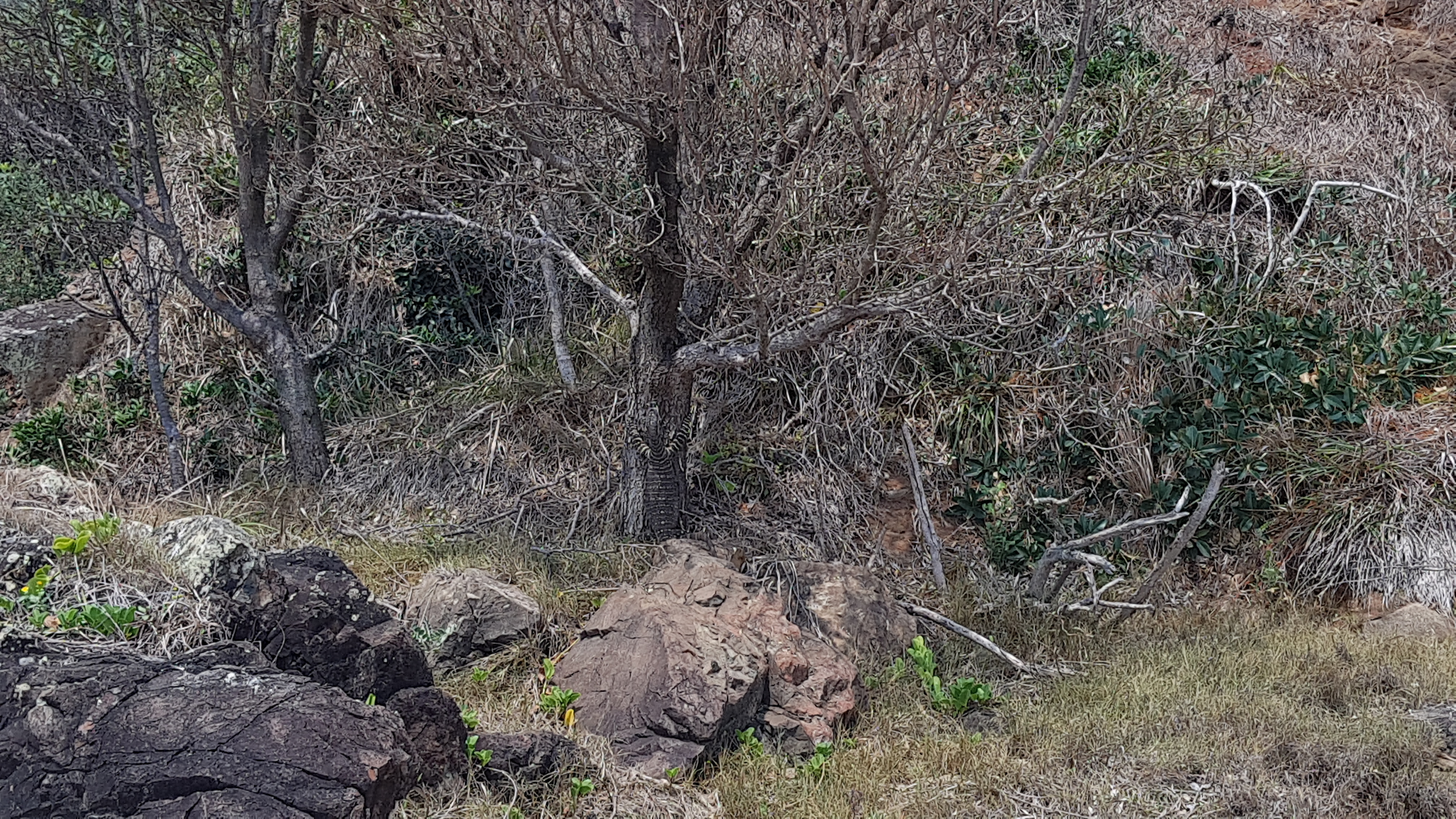

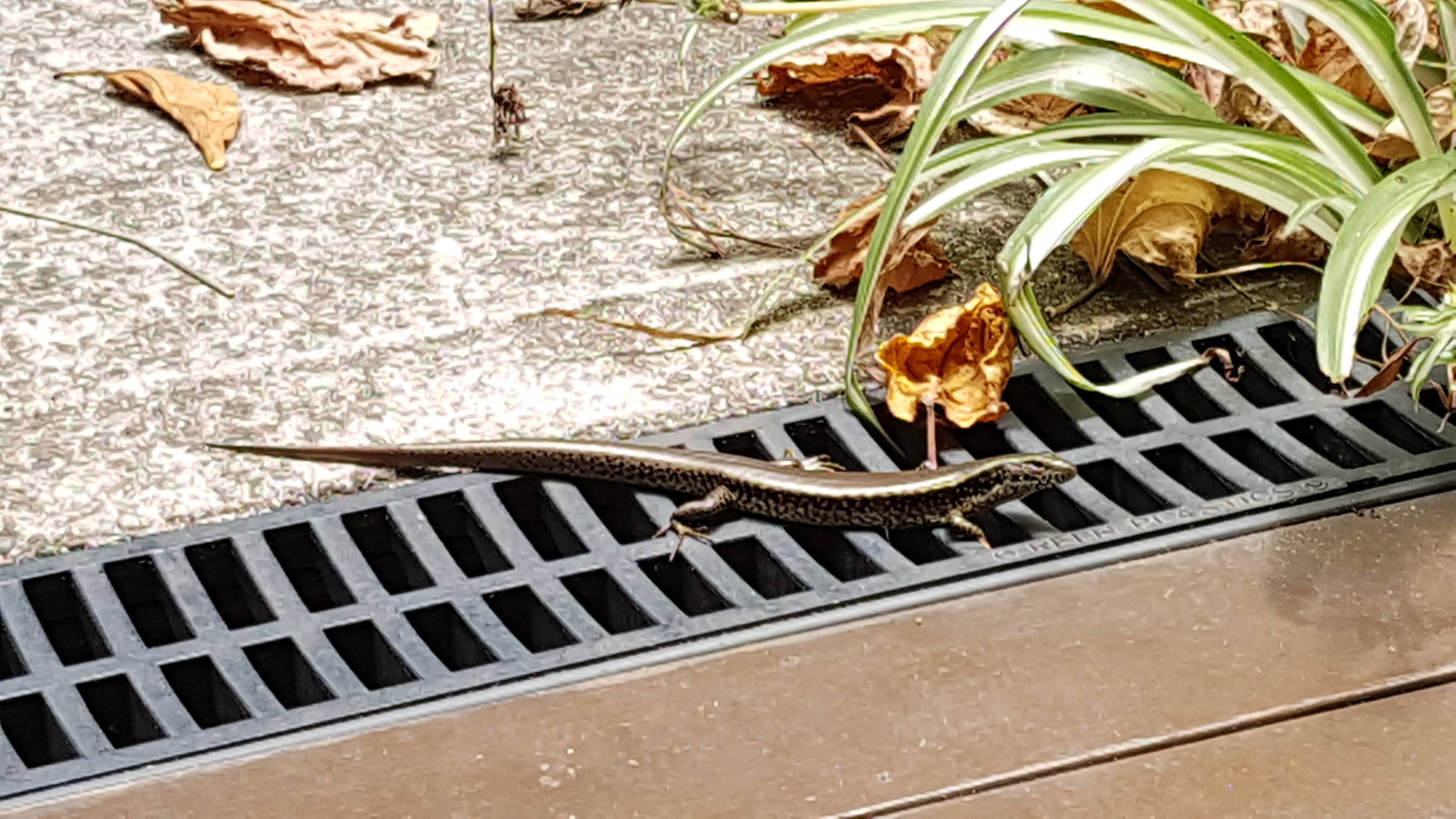
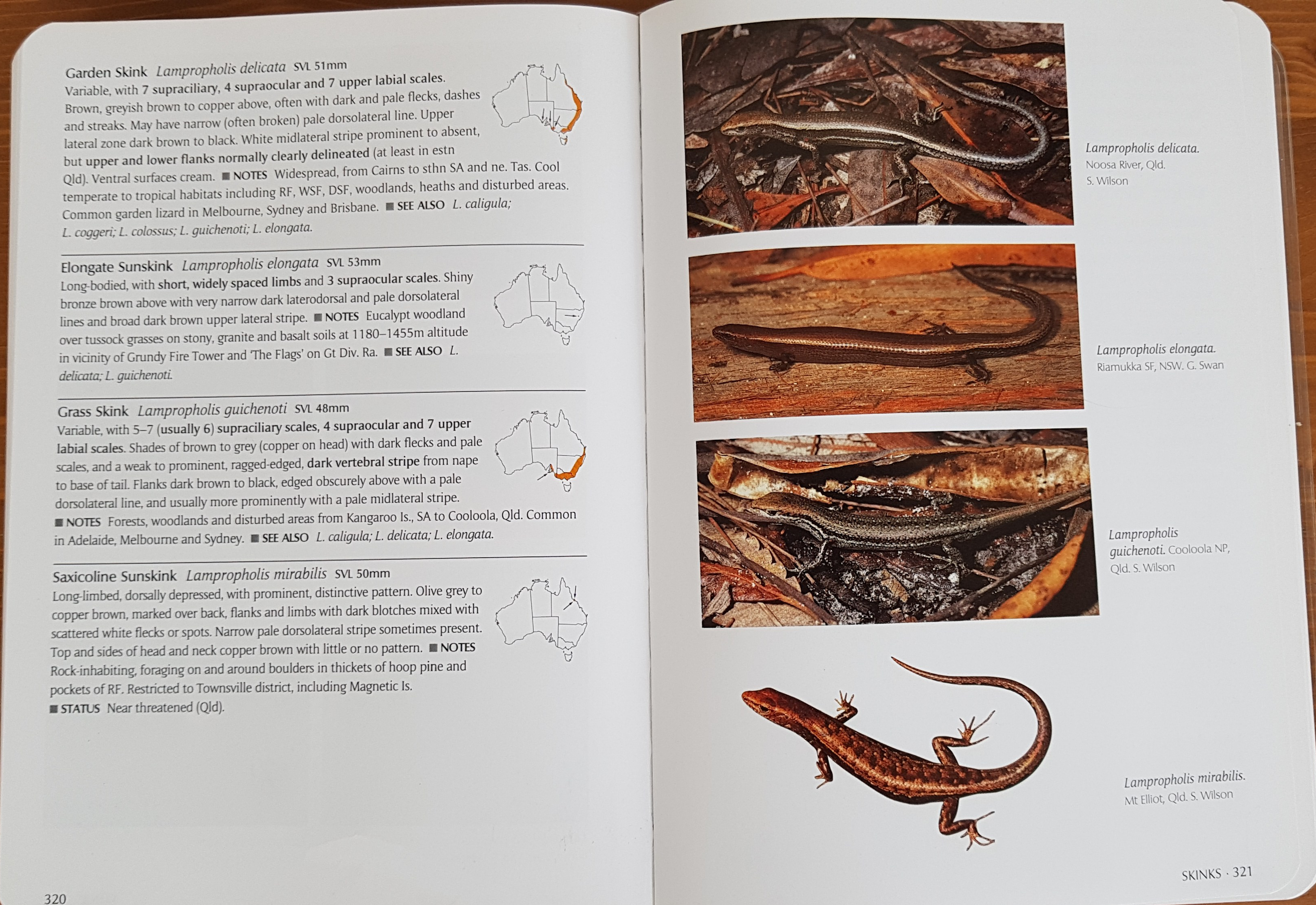
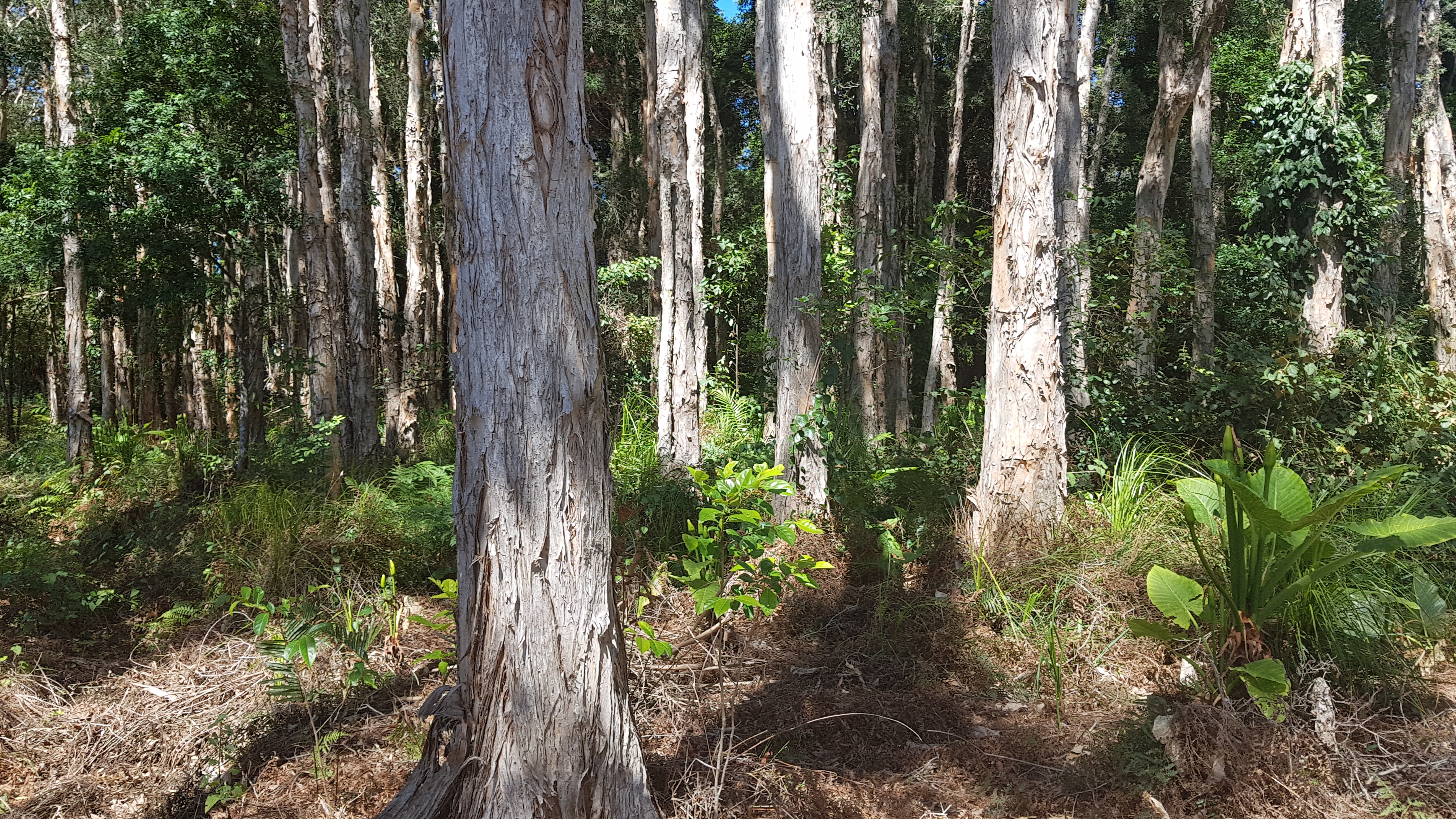
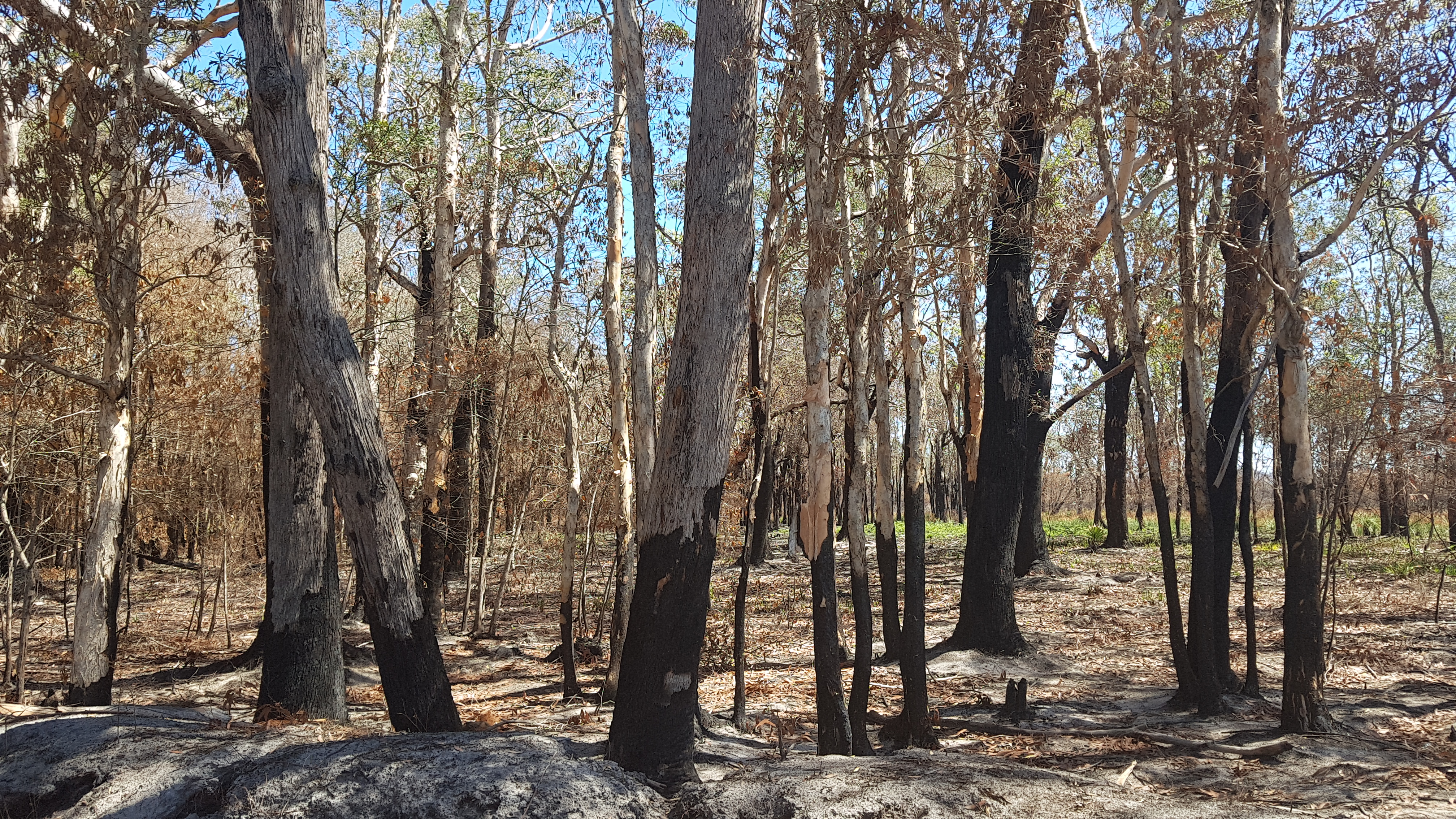
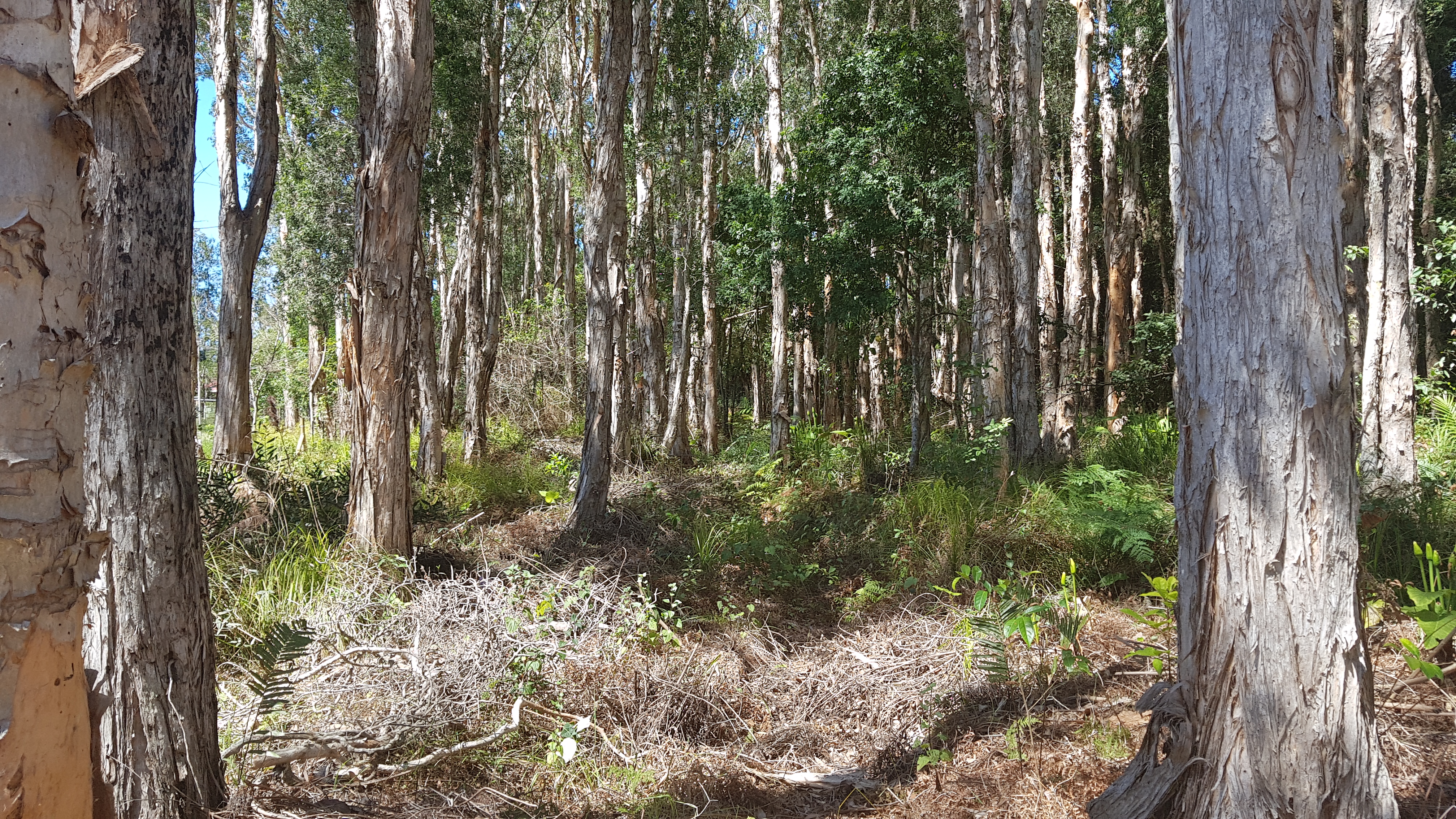


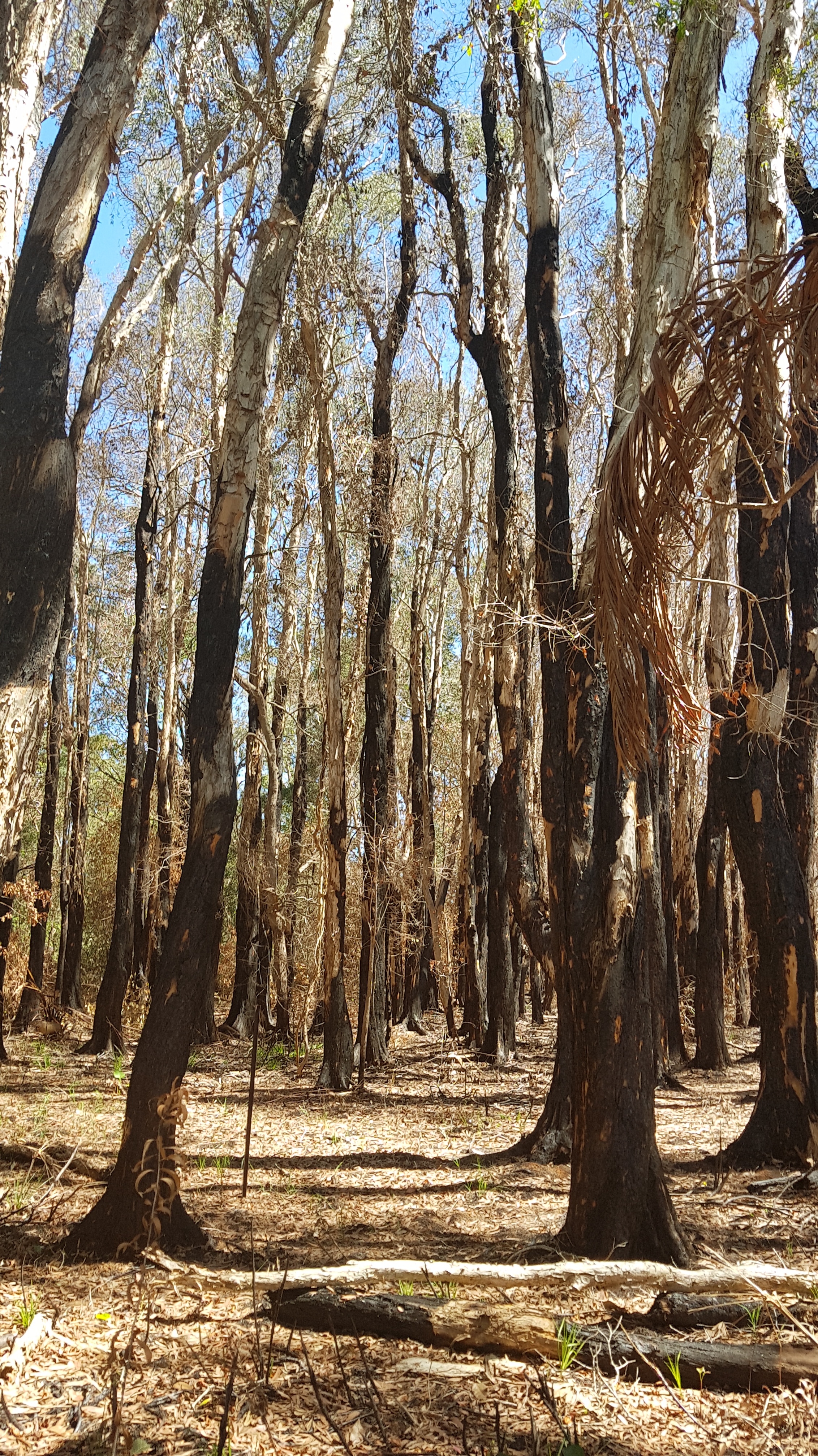
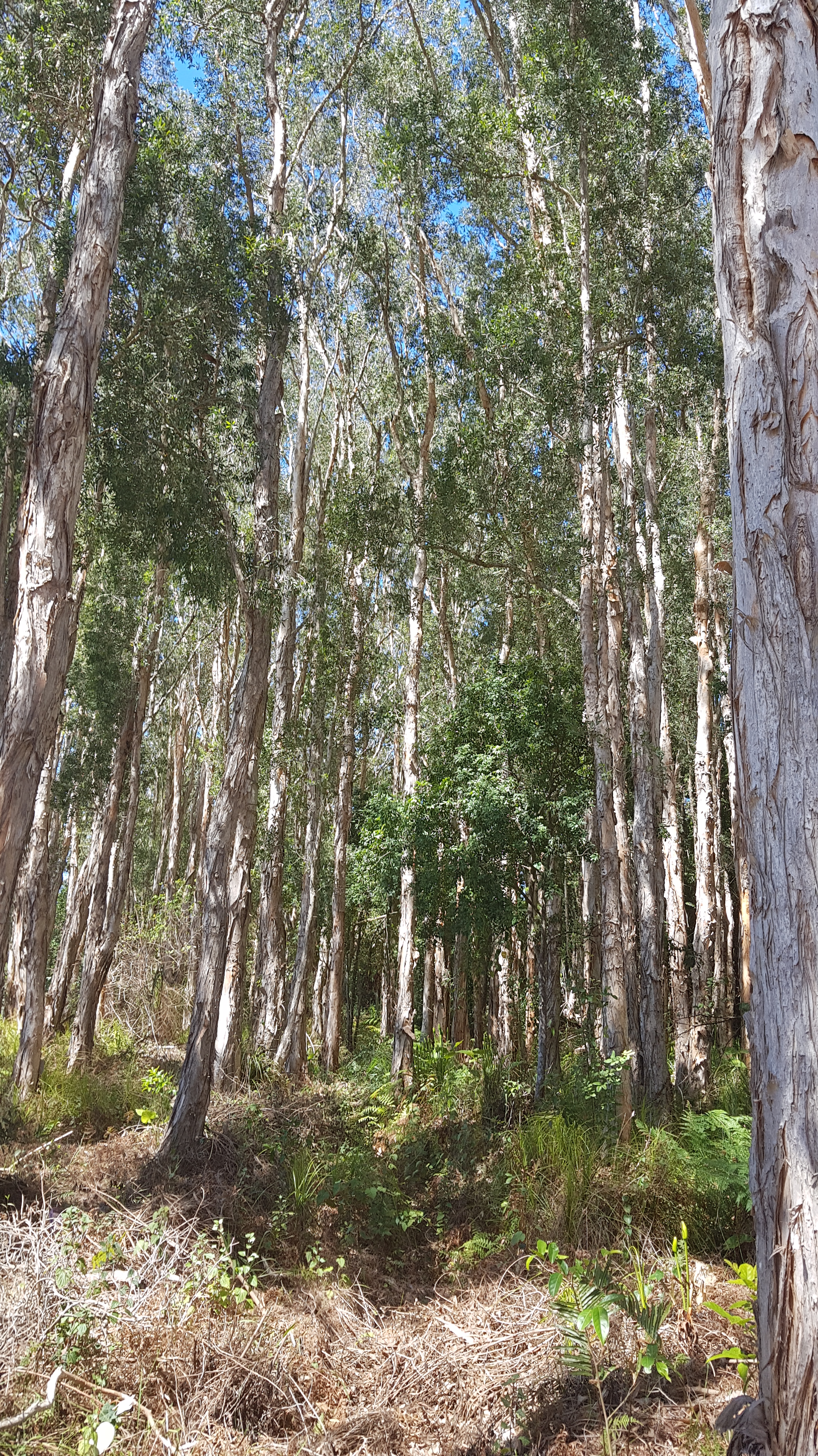
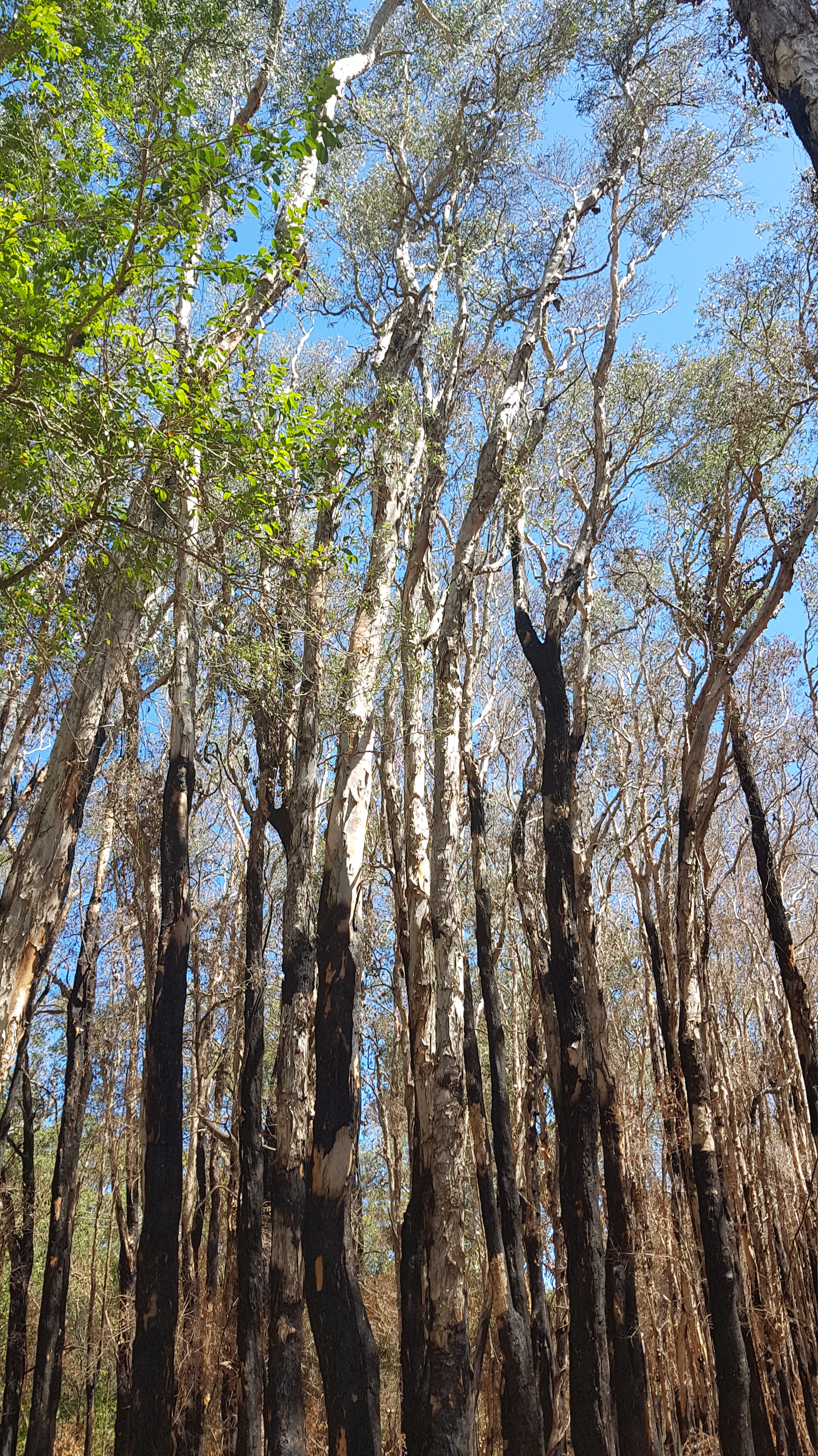
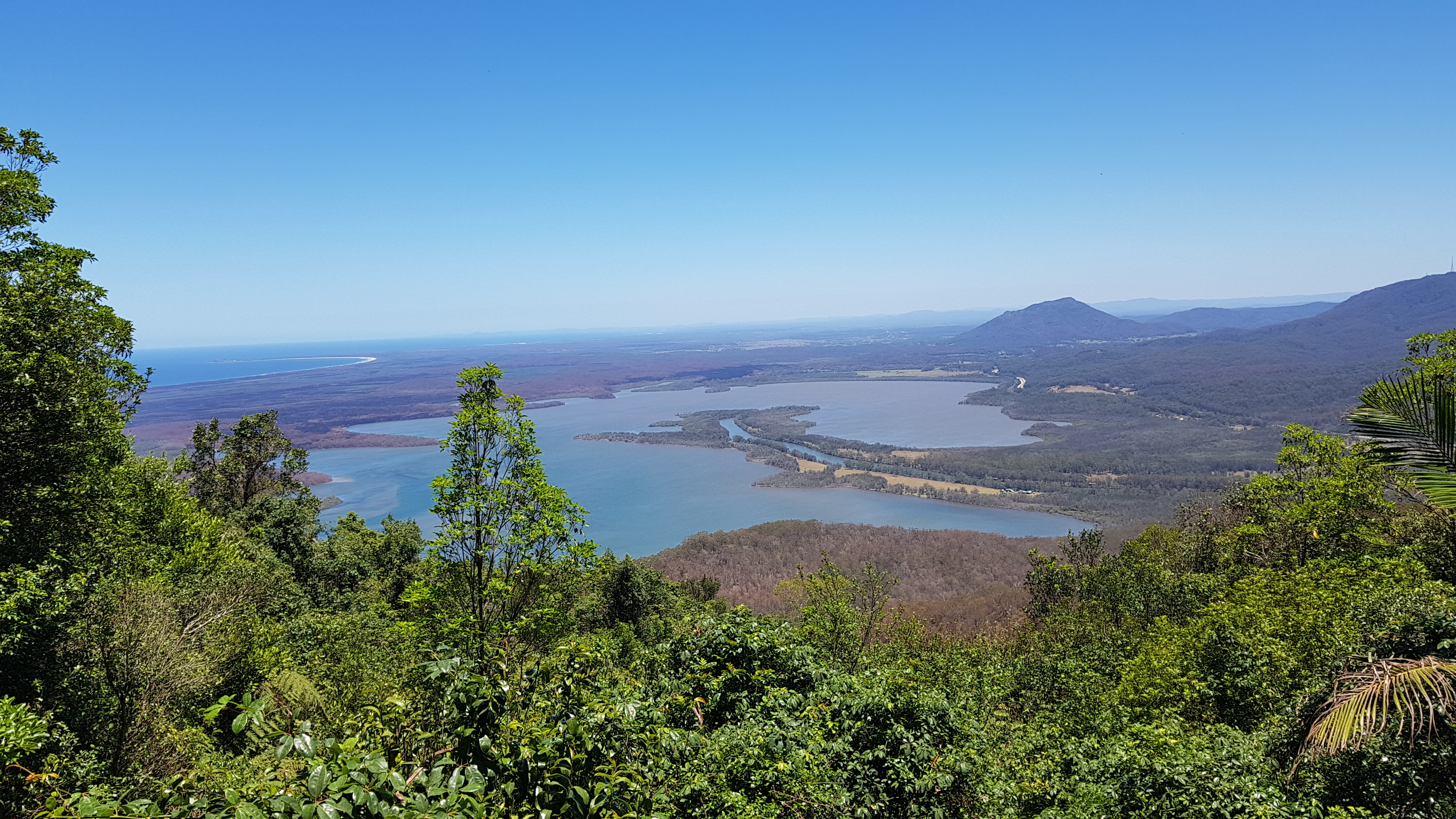
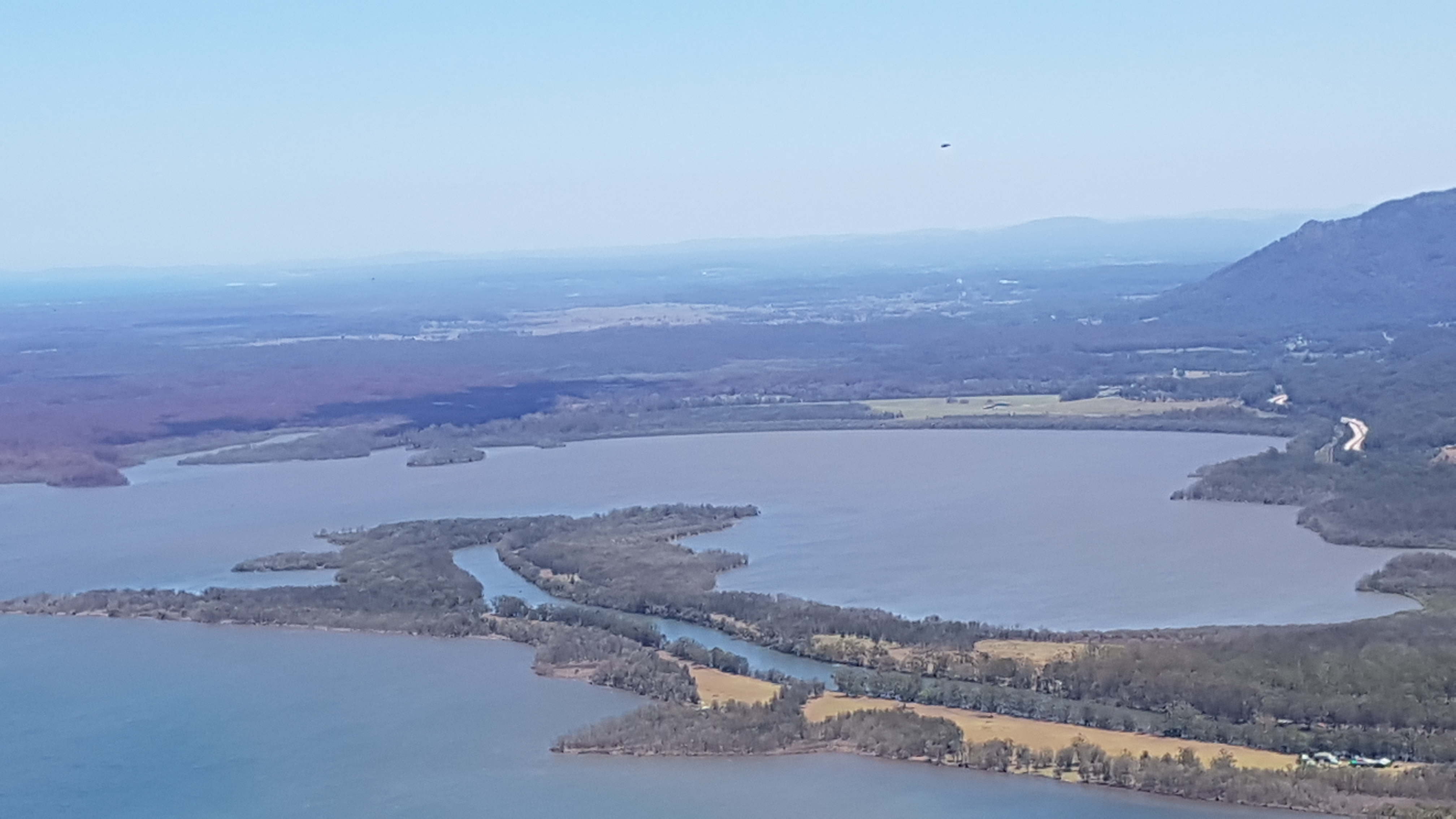

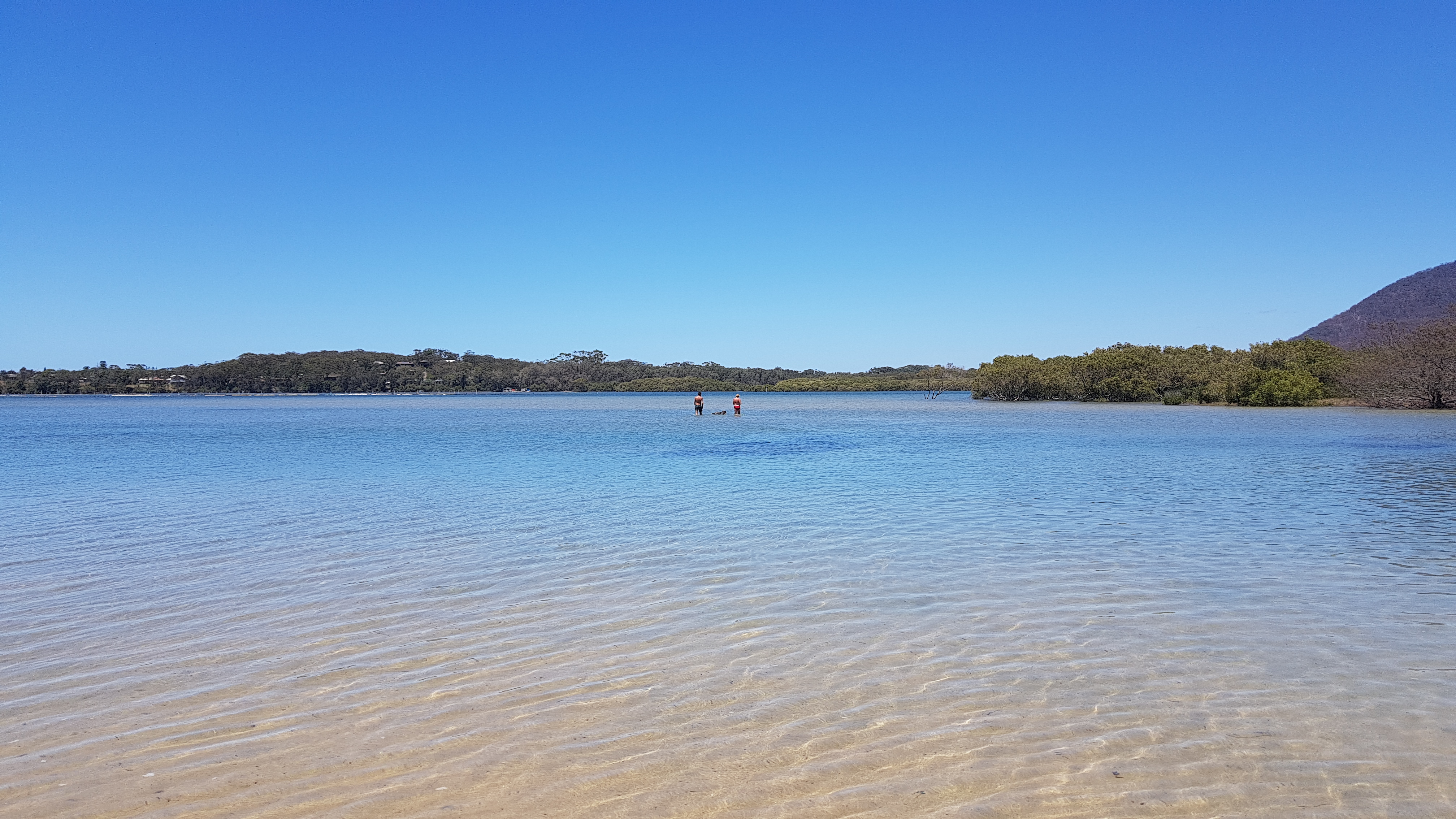
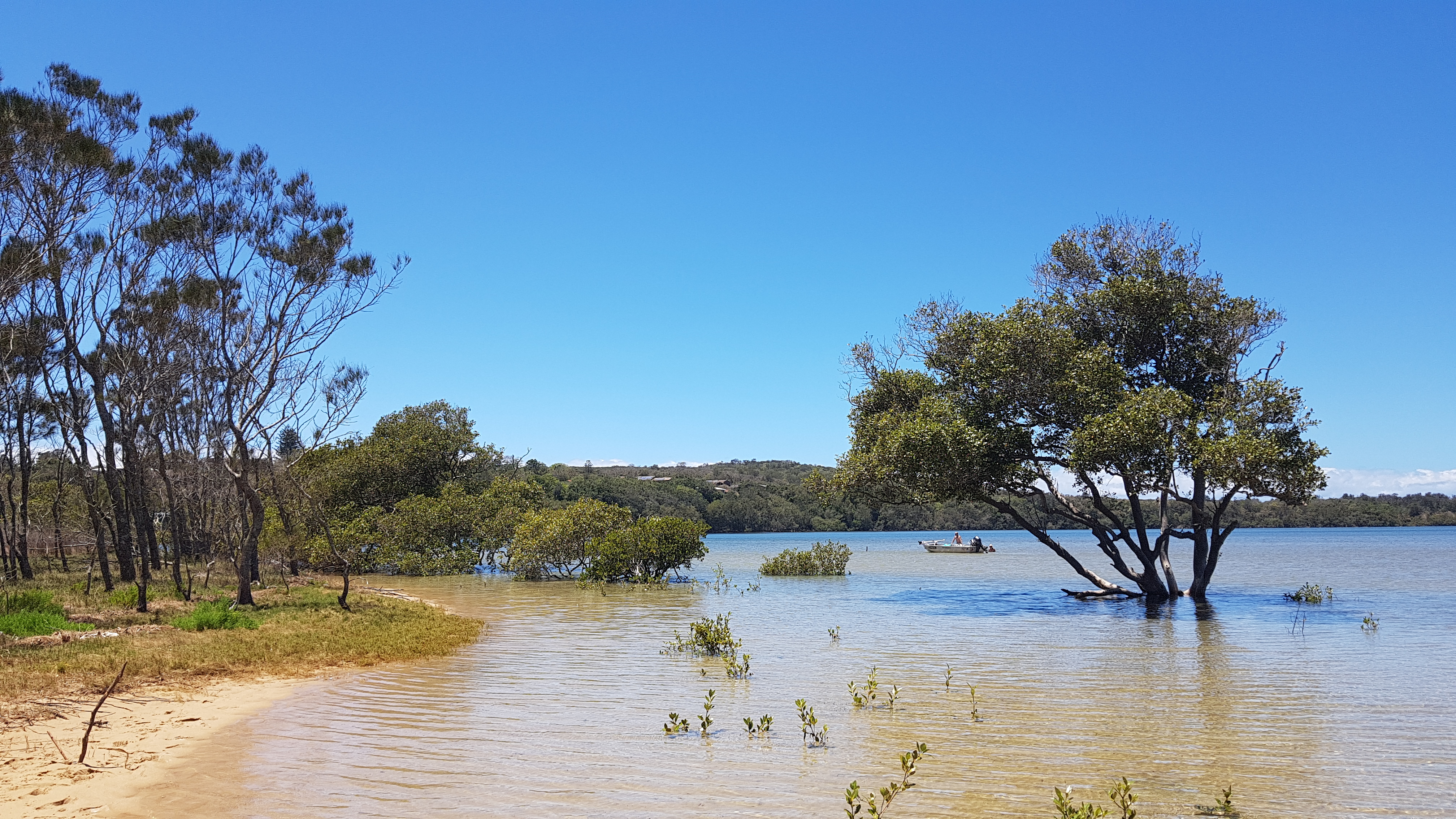

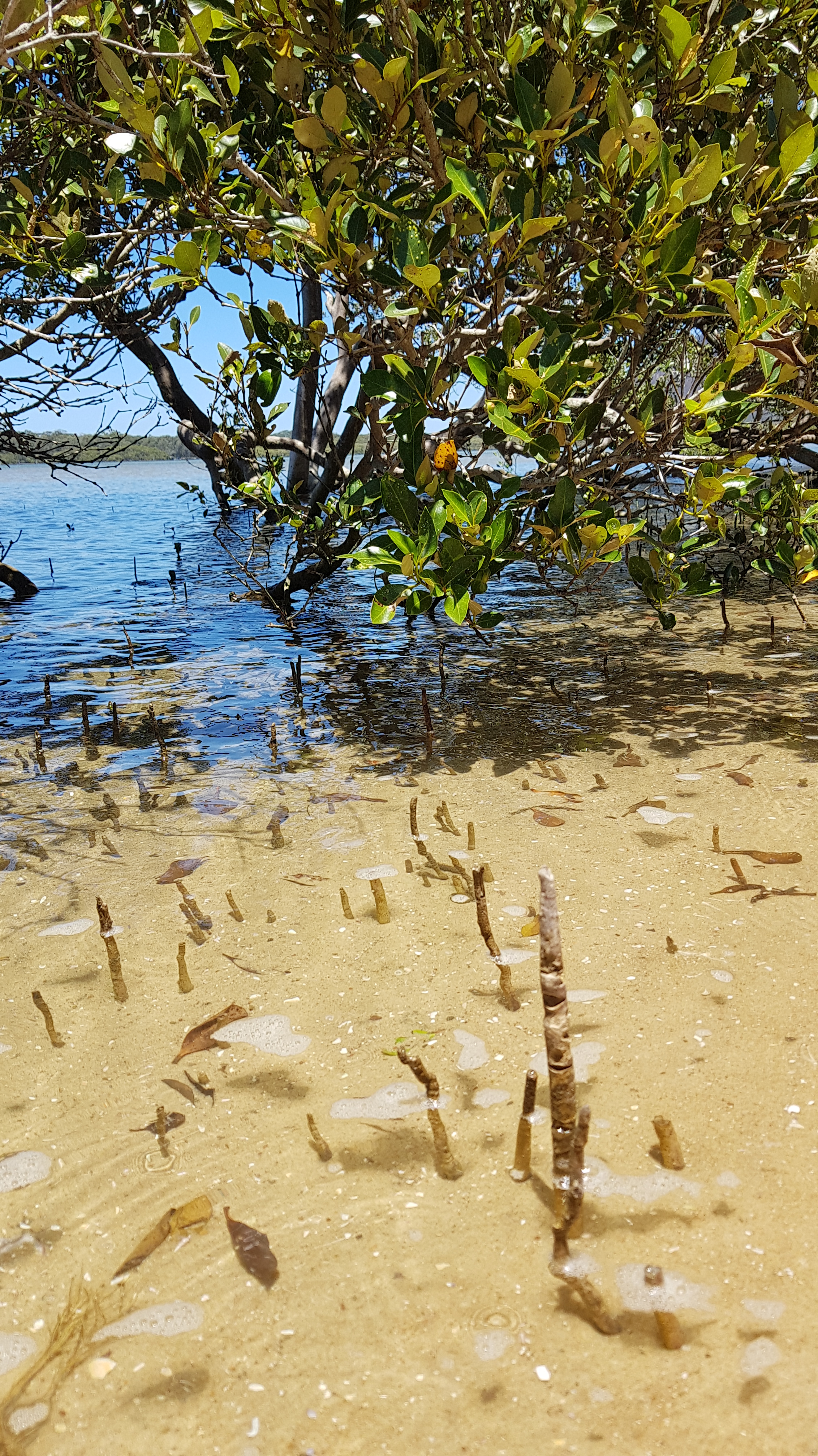
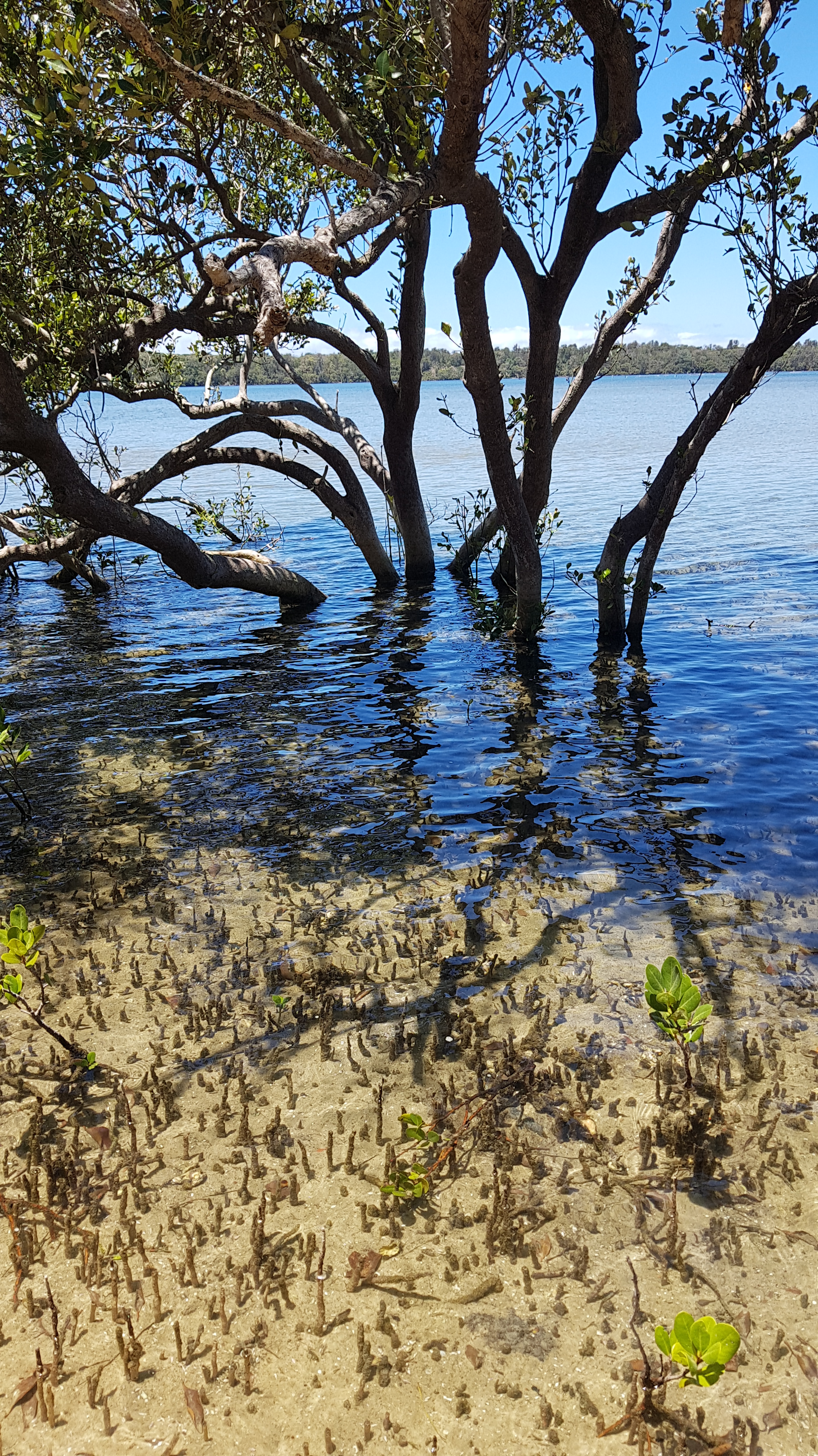
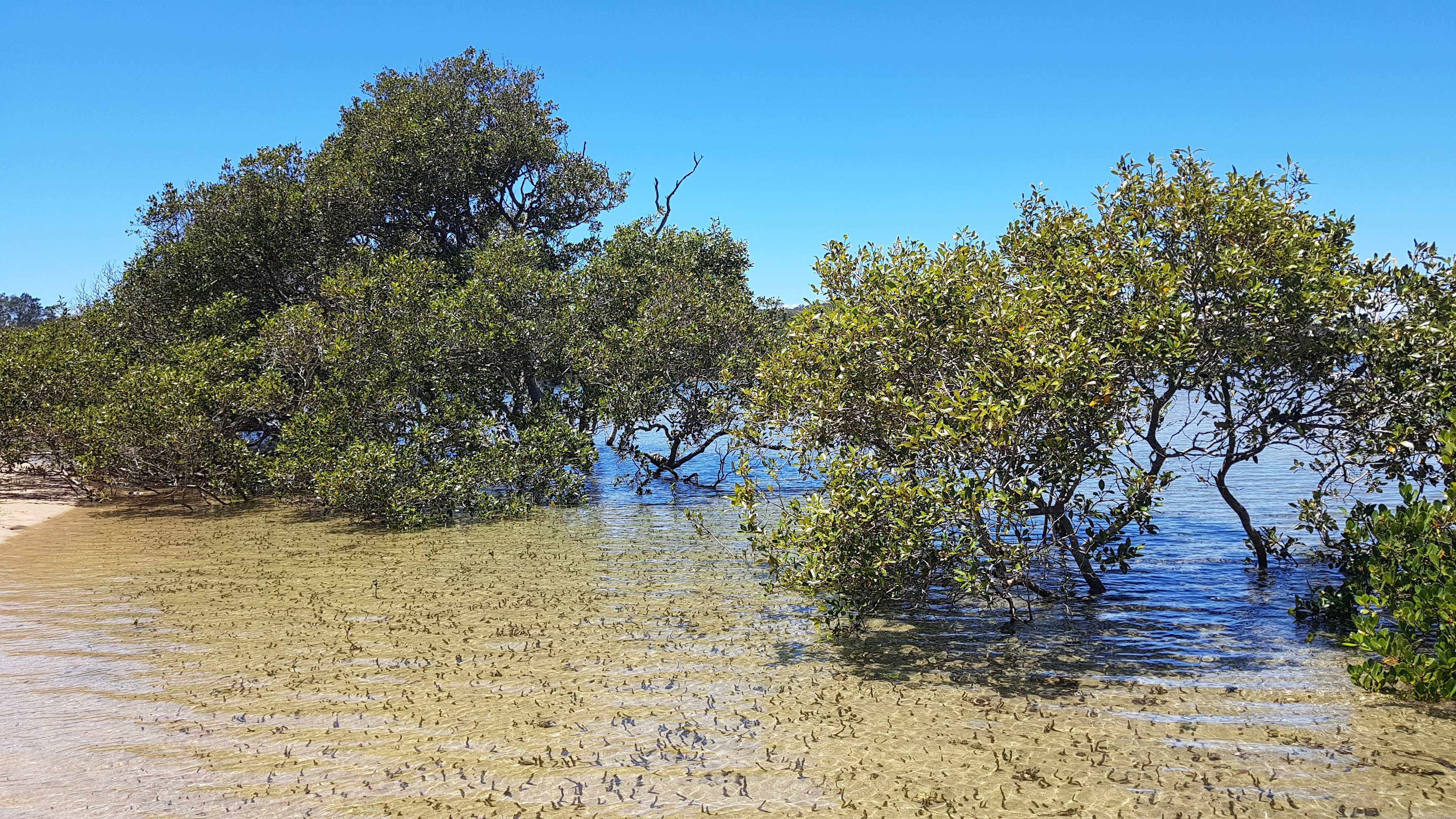


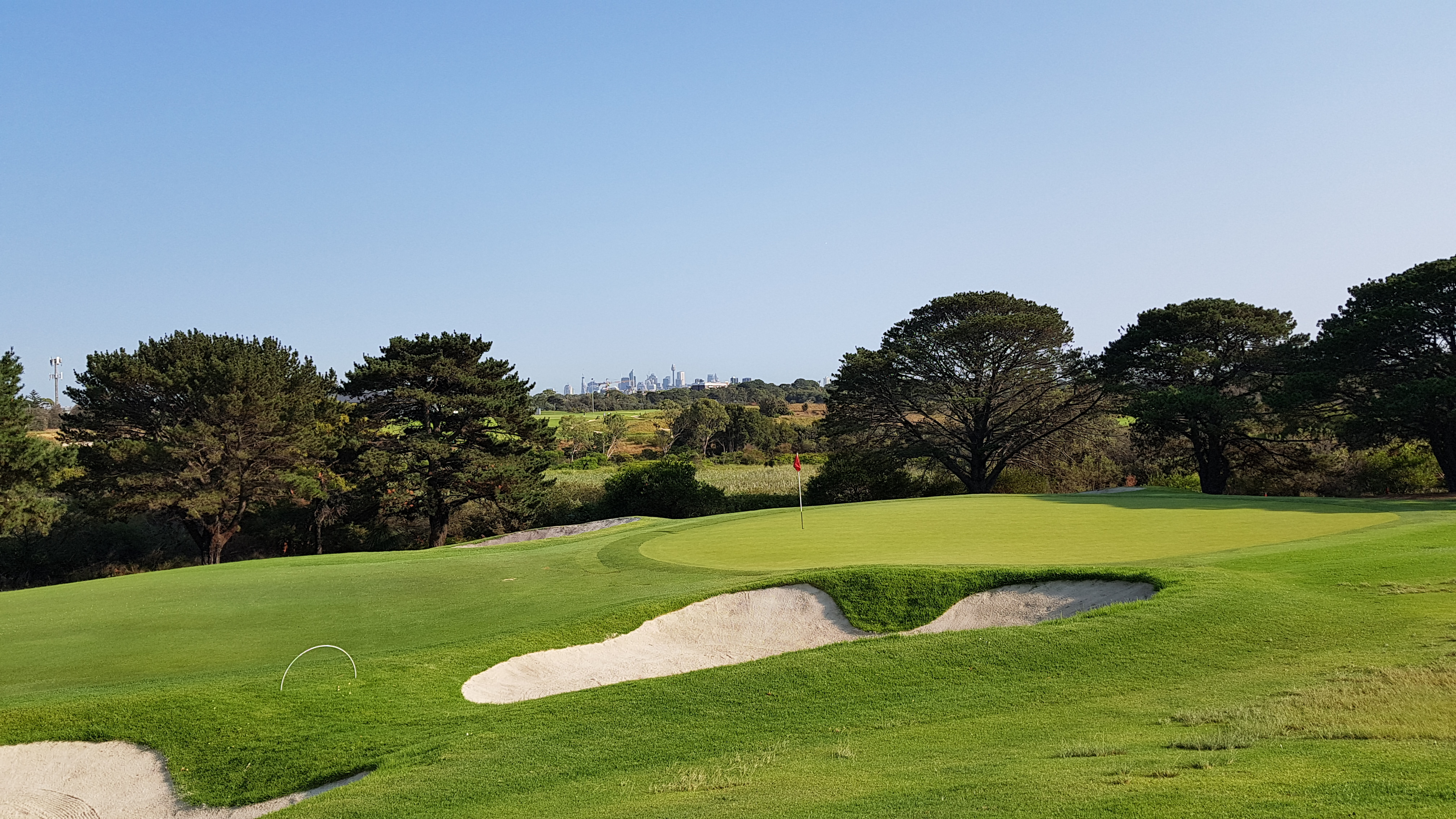

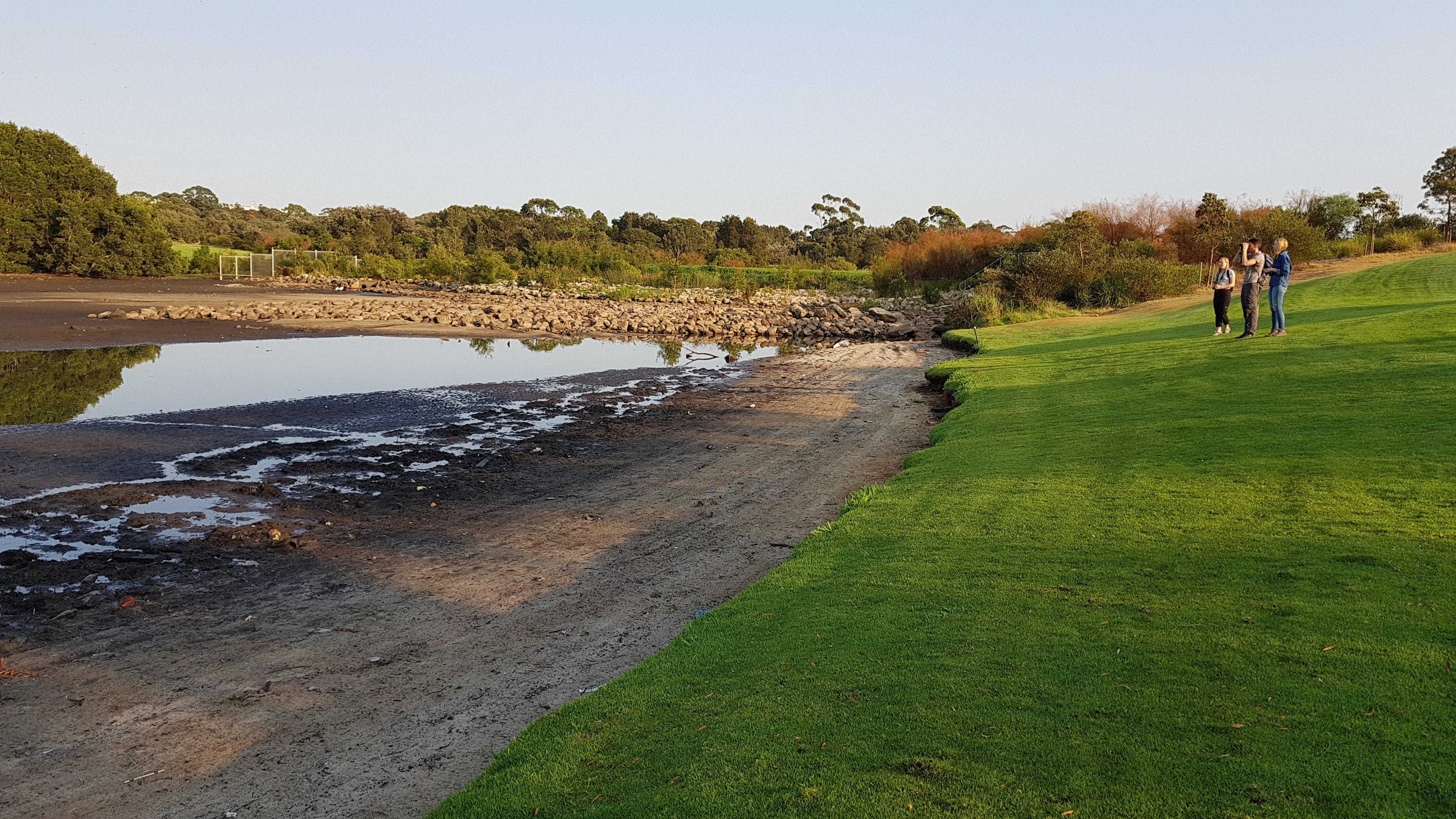

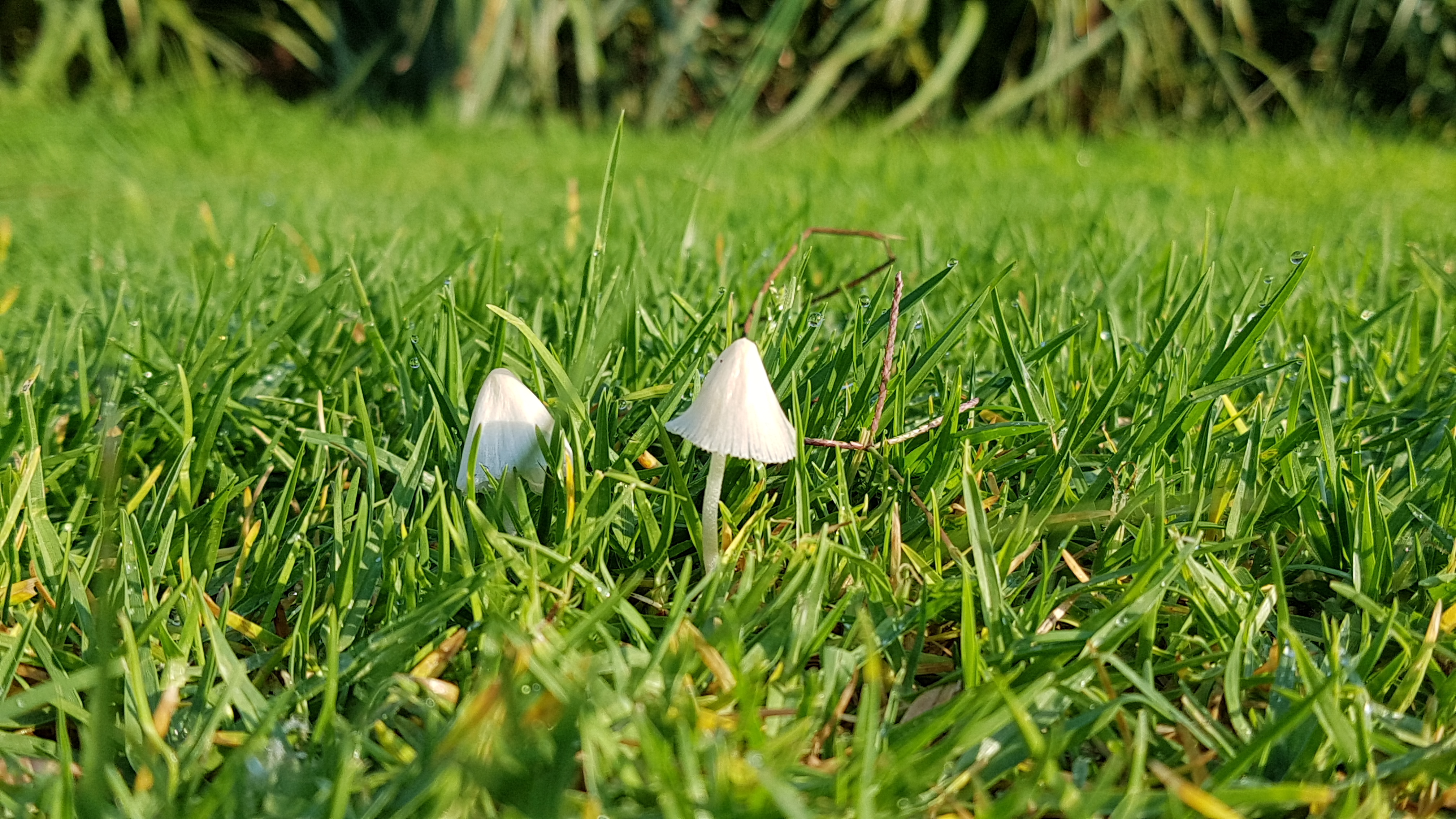









 This is better – a very confiding Eastern water dragon along a well-used coastal trail.
This is better – a very confiding Eastern water dragon along a well-used coastal trail.





